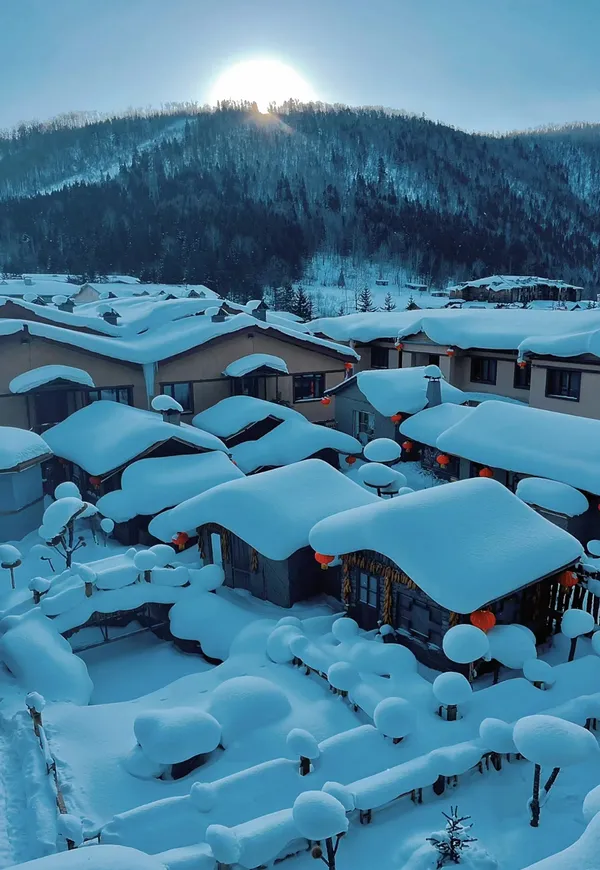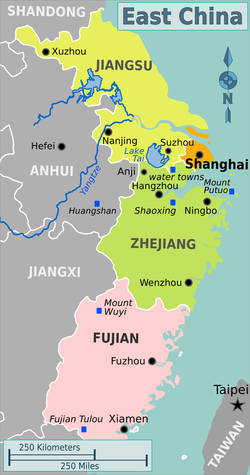On this page
Introduction
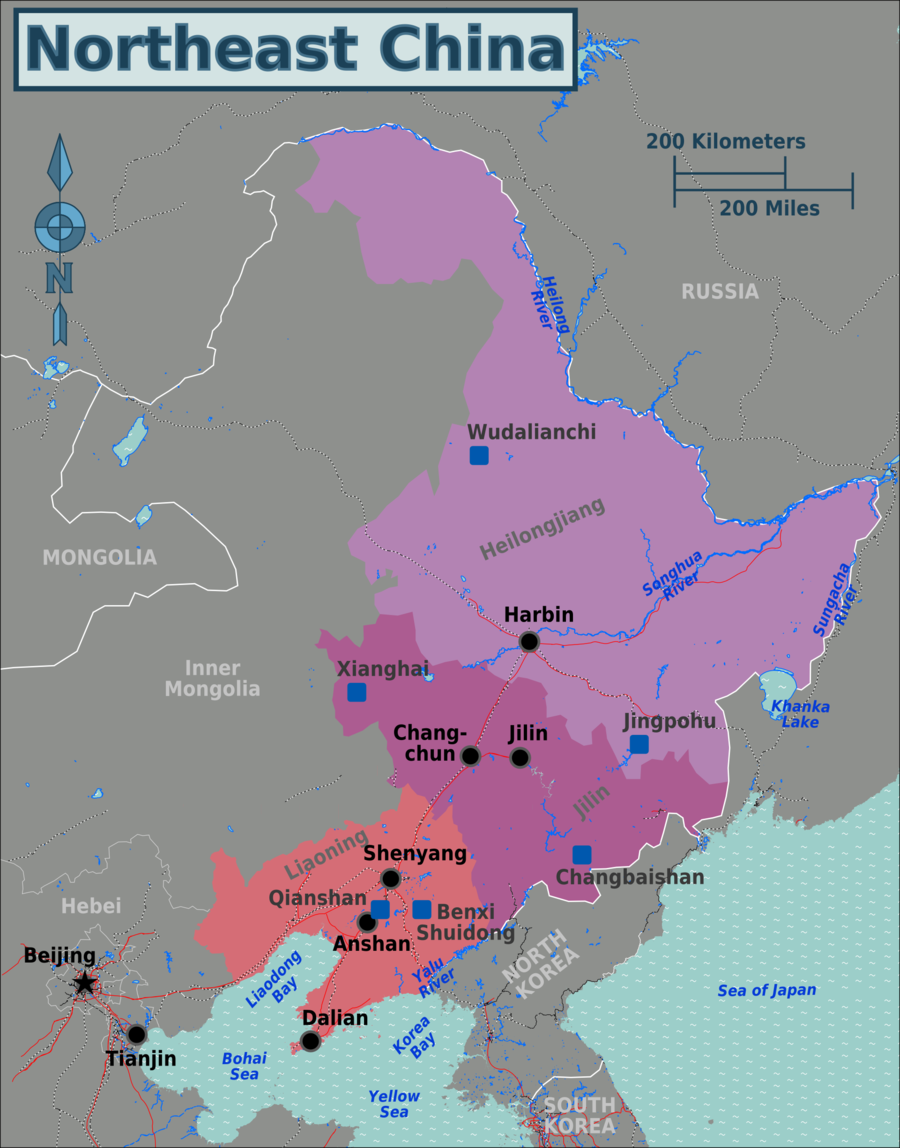

If we compare China's shape as a giant rooster, then the head of this rooster would be the three northeastern provinces of Heilongjiang, Jilin, and Liaoning—regions I'm excited to introduce to you today. This area is the birthplace of the Manchu people and saw a significant influx of Han Chinese during the late Qing Dynasty. During World War II, it was colonized by the Japanese.
After the establishment of the People's Republic of China, the proximity to the Soviet Union made this region a hub for heavy industry, earning it the nickname "the eldest son of the Republic." Even today, it remains one of China's most urbanized areas. However, with the decline of heavy industry after the economic reforms, the region has faced economic challenges and population decline, leading it to be referred to as China's "Rust Belt."
Major Cities
Harbin

Harbin is China's northernmost major city, with a population exceeding 10 million, including over 4 million in the city center alone. The city has been deeply influenced by neighboring Russia, especially evident in its architecture and cuisine. Harbin is also one of the world's six UNESCO Cities of Music. Additionally, it's renowned for the annual Harbin International Ice and Snow Sculpture Festival, earning it the unofficial title of "Ice City."
The city’s distinct Russian charm and winter wonderland scenery are two of the main reasons tourists are drawn to Harbin. The city’s unique history has left a rich architectural legacy, with Russian, Baroque, and Byzantine styles, leading many to refer to it as the "Moscow of the East." In winter, Harbin transforms into a magical "Ice City," where the streets are adorned with intricate ice sculptures that glow under colorful lights at night, creating a mesmerizing atmosphere. Visitors can also enjoy a variety of winter sports such as ice skating, skiing, and ice sledding, which are all experiences not to be missed.
Shenyang

Shenyang, the capital of Liaoning Province, is renowned for its heavy industrial equipment manufacturing and is often called the "Ruhr of the East." As one of China's historic cities with over 2,000 years of history since its founding in the Spring and Autumn period, it was also the birthplace of the Qing Dynasty under Nurhaci. This historical significance earned Shenyang the title "Birthplace of the Qing Dynasty and the Residence of Two Emperors," and it still boasts numerous notable historical sites.
Shenyang witnessed significant historical events, including the Mukden Incident on September 18, 1931, which Japan used as a pretext to occupy all of Northeast China. The city now features the September 18th Historical Museum, where every September 18th at 9:18 a.m., a citywide siren sounds, and the "Never Forget National Humiliation" bell in the museum is tolled, echoing across the city.
In the 20th century, Shenyang developed into a major industrial hub. However, as with many cities in China, rapid urban development is causing the city to lose its historical buildings at an accelerating pace.
Changchun

Changchun, the capital of Jilin Province, is China's largest automobile industry city and an international film hub. It is home to major enterprises like the China FAW Group and Changchun Film Studio, making it a key center for the automotive, film, optics, biopharmaceuticals, and rail transport industries. Often referred to as the "Detroit of the East," "Los Angeles of the East," or "Hollywood of the East," Changchun boasts a rich modern cultural heritage and numerous "puppet Manchukuo" period buildings. It is also one of China's top four garden cities.
The name "Changchun" is said to be derived from the Changchun flower, symbolizing pleasant memories. However, the city's modern history is marked by significant turmoil. People might prefer to think of it as “Cha a Chong,” an ancient Shushen term representing blessing and prosperity, symbolizing thriving growth. From its prosperous era during the Liao and Jin dynasties to the trials of the Siege of Changchun, the city has witnessed many changes and hardships. It was home to China's last emperor, the birthplace of the country's first film, and the site of the first Chinese car's production. These historical layers add a touch of quiet warmth to the city's industrial landscape, contrasting with its steel and concrete image.
Mohe
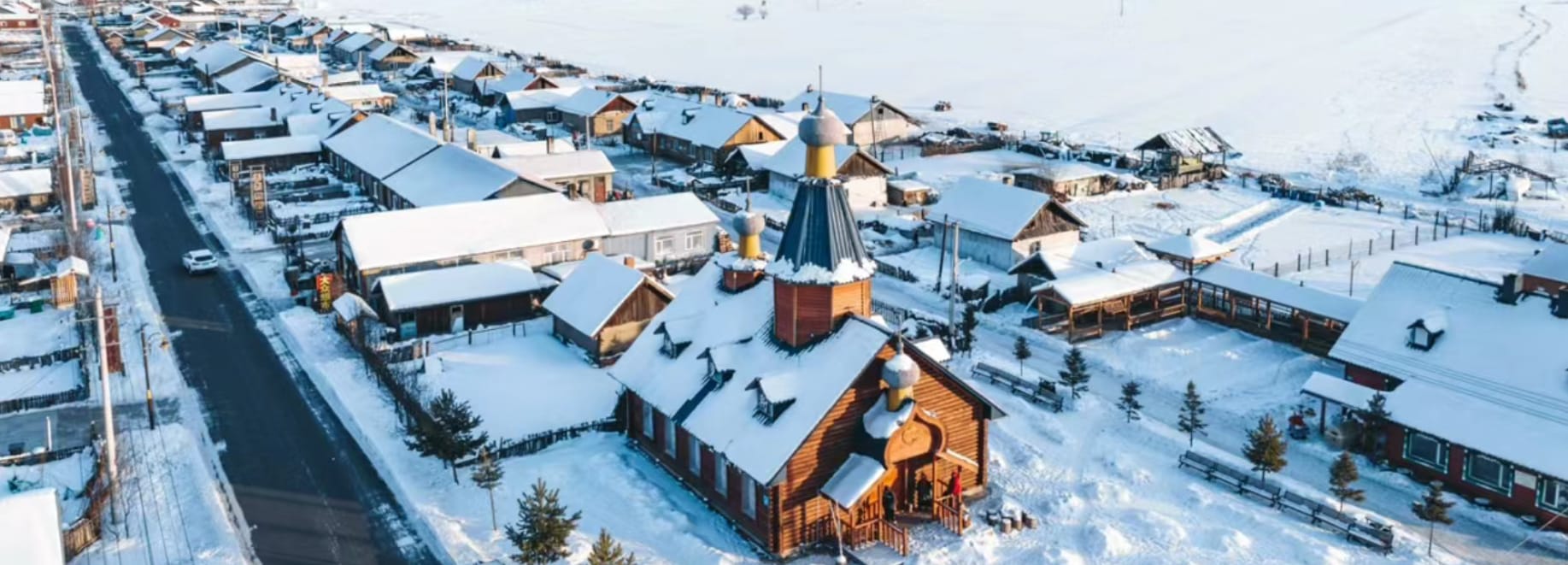
Mohe, China’s northernmost city, is famous for its two natural wonders: the Midnight Sun and the Northern Lights. Nestled in the Daxing’an Mountains and located along the Heilongjiang River, which borders Russia, Mohe offers a unique experience. For those from bustling cities, the transition to Mohe might be challenging—extreme cold, limited transportation, sparse urban areas, and early sunsets can be quite a contrast. However, visitors are rewarded with starry skies, vast untouched birch forests, tranquil villages at night, and rich local cuisine. Experiencing Mohe’s pristine beauty and unique landscapes is a perfect way to conclude a “Northeast China Journey.”
Dalian
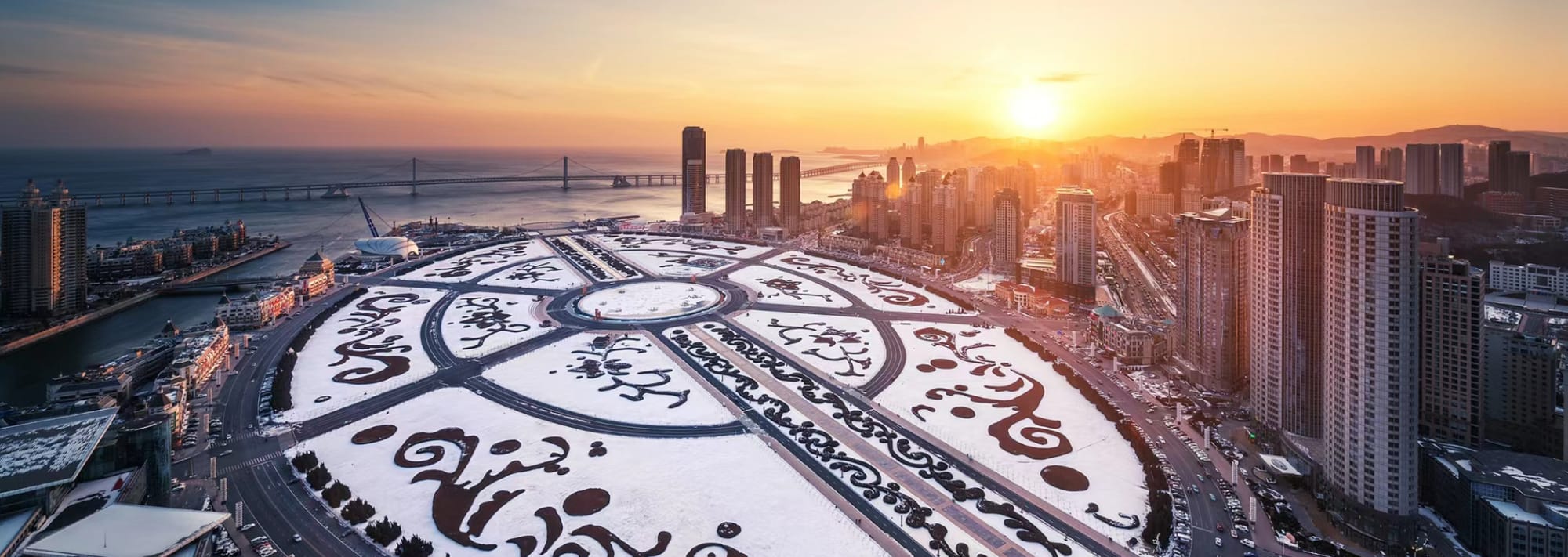
Dalian, located at the southern tip of the Liaodong Peninsula where the Yellow and Bohai Seas meet, is a major coastal commercial city in China, often referred to as the "Romantic City." It is the city in Northeast China with the least typical regional characteristics. Winter temperatures rarely drop below -30°C, and the local cuisine and dialect are more influenced by Shandong. Coupled with its continuous coastline, Dalian feels more like a southern coastal city.
The city’s extensive, narrow coastline has created numerous natural beauties, making it famous for its scenic coastal attractions. Dalian boasts a variety of exotic-style streets and countless European-style buildings around Zhongshan Square, giving the city a distinct international flavor. The historic tramcars, still operating in the city, slowly traverse through various landmark squares, serving as a charming reminder of a bygone era.
Yanbian Korean Autonomous Perfecture

Yanbian Korean Autonomous Prefecture, commonly known as Yanbian, is located in the eastern part of Jilin Province, near the China-North Korea border. Its capital city is Yanji, and it is the largest settlement of Korean ethnic people in China. The region is renowned for its "Three Treasures of the Northeast": ginseng, deer antler, and mink fur. Additionally, Yanbian is famous for its high-quality rice, tobacco, apples, and beef.
The area offers a rich array of tourism resources. Visitors can explore the natural beauty of the Changbai Mountain Nature Reserve, the unique landscapes along the Tumen River, and the scenic views of the Dandong border area, where you can see three countries at once. Other notable attractions include the Xianjingtai Scenic Area and the ancient Bohai Kingdom ruins. Yanbian is also known for its representative local products such as Songhua inkstones and root carvings, making it a captivating destination for tourists.
Dialect
Mandarin is the native language of most people in Northeast China, though there can be substantial dialectal variations between areas. This can make it a little tricky to understand if you have just learnt standard Mandarin, though if you are a fluent speaker, asking the other person to speak slowly will usually allow them to be understood. That said, most younger people can speak standard Mandarin if required, and the dialects are not much different in terms of pronunciation to standard Mandarin (rather very similar); the main challenge are the unique phrases that always confuse people (see below).
| Phrase | Pinyin | Equiv. Mandarin | Equiv. English |
| 干啥 | gàn shá (há) | 干什么 | What are you doing |
| 埋汰 | mái taì | 脏 | Dirty |
| 白话 | bái huà | 扯 | Gab |
| 聊闲 | liáo xián | 捣乱 | Nointer |
| 扒瞎 | bā xiā | 撒谎 | Storytelling |
There are substantial groups whose first language is Korean or Mongolian, and Russian is fairly common as a second language. Speakers of these minority languages are generally bilingual in their language and Mandarin. Sadly, Manchu is now a moribund language, and is only spoken natively by a few elderly people in isolated villages, virtually all of whom are also able to speak Mandarin. As elsewhere in China, English skills are not widespread but some people speak it quite well.
Climate
The climate of China’s Northeast region, which includes cities like Harbin, Shenyang, and Changchun, is characterized by a temperate continental climate. This region experiences four distinct seasons:
- Spring (March to May): Spring in Northeast China is relatively short but pleasant, with temperatures gradually warming up from the cold winter. The landscapes start to green, and flowers begin to bloom, making it a refreshing time to visit.
- Summer (June to August): Summers are warm but not excessively hot, with temperatures typically ranging from 20°C to 30°C (68°F to 86°F). This season is also relatively dry, with occasional rainfall. It’s a good time for outdoor activities and exploring the natural beauty of the region.
- Autumn (September to November): Autumn is crisp and clear, with cooler temperatures and lower humidity. The fall foliage turns vibrant shades of red, yellow, and orange, creating picturesque landscapes. This season is ideal for sightseeing and enjoying the outdoors.
- Winter (December to February): Winters are cold and snowy, with temperatures often dropping well below freezing, ranging from -10°C to -20°C (14°F to -4°F). The region transforms into a winter wonderland with snow-covered landscapes and ice festivals. Despite the cold, winter is the best time to visit Northeast China to experience its famous ice and snow attractions, including the Harbin International Ice and Snow Sculpture Festival.
Recommended Travel Time: Winter is highly recommended for visitors to Northeast China. The region’s snow-covered scenery and winter festivals offer a unique and unforgettable experience, making it the ideal time to enjoy the region’s winter charm.
See
International Ice and Snow Sculpture Festival (Harbin)
Time: January to Early March
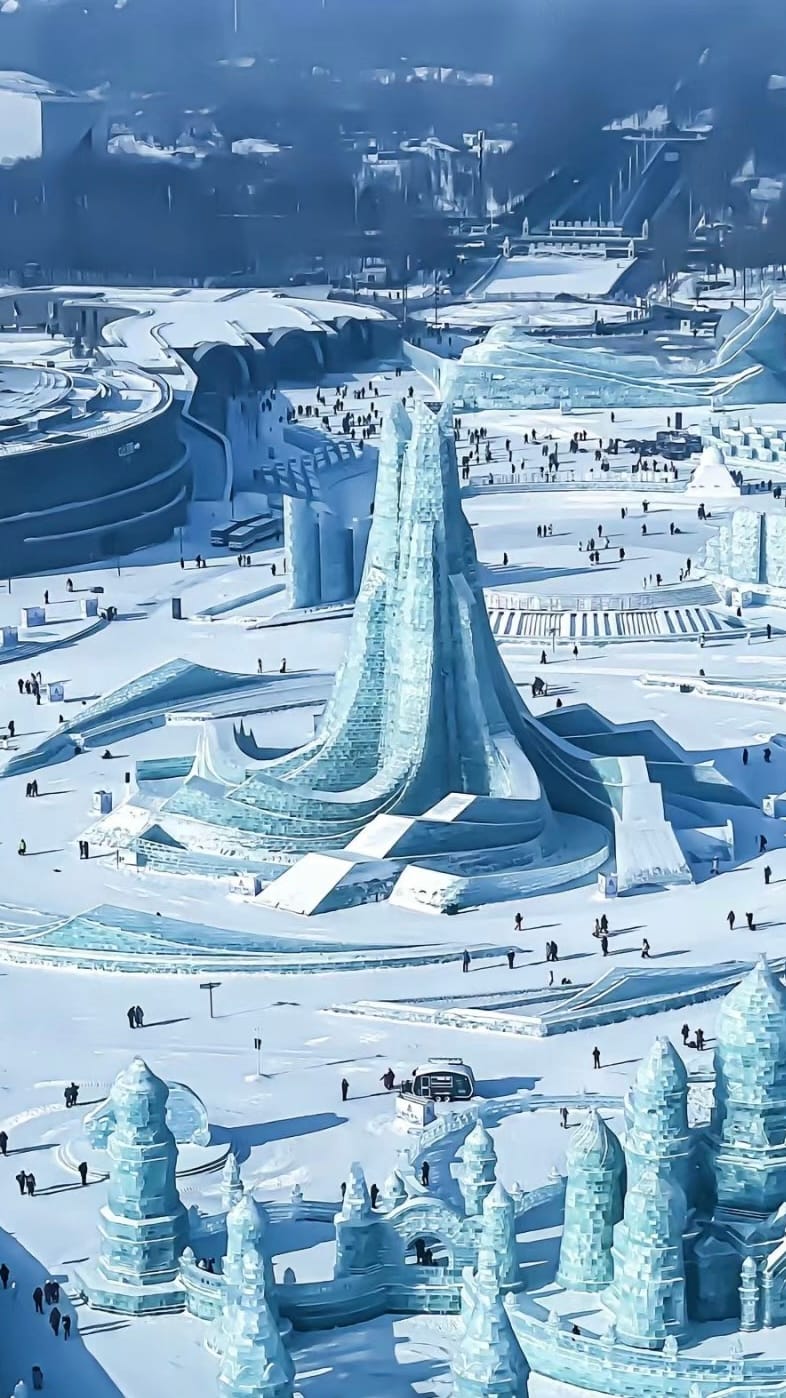
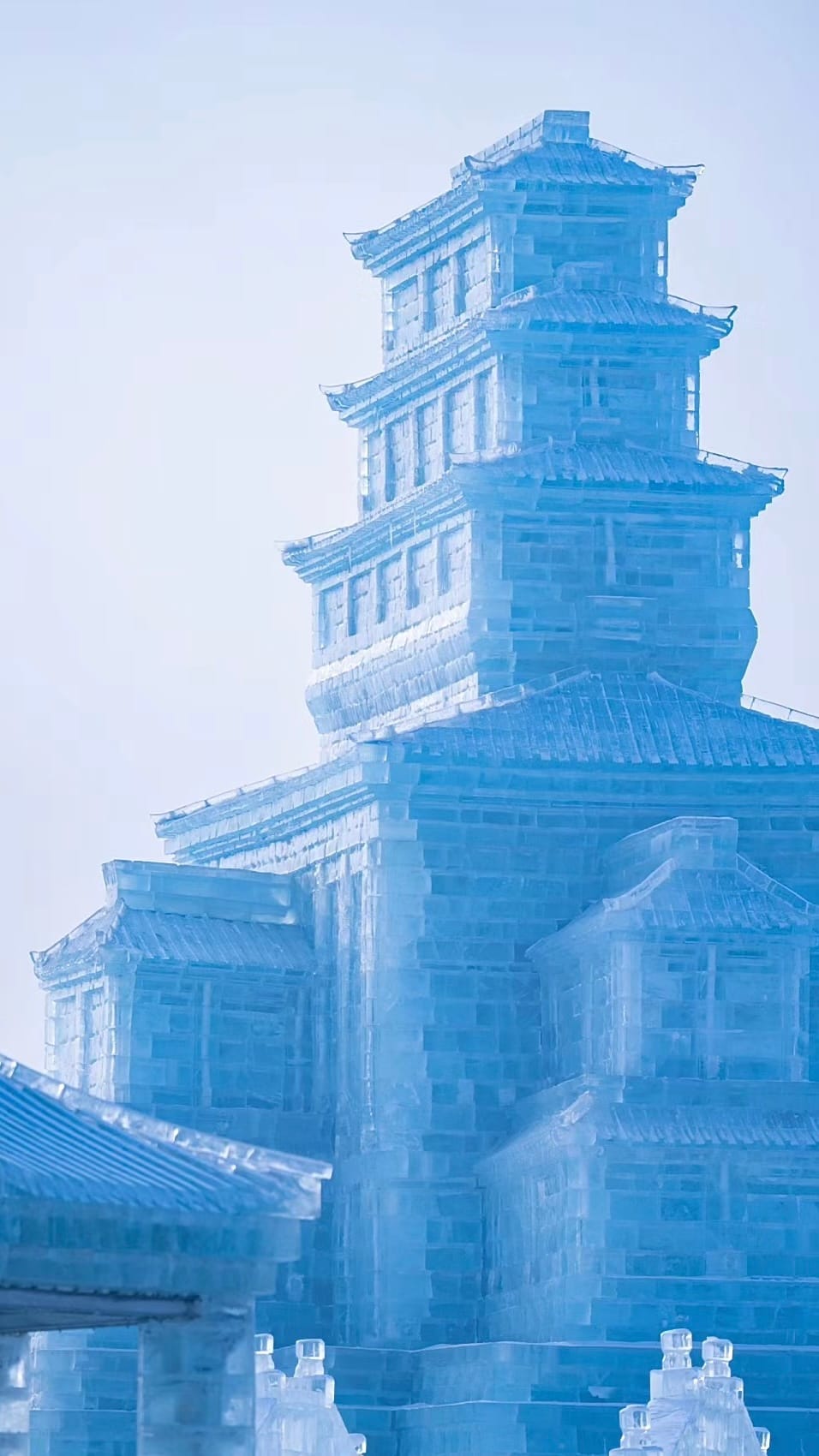
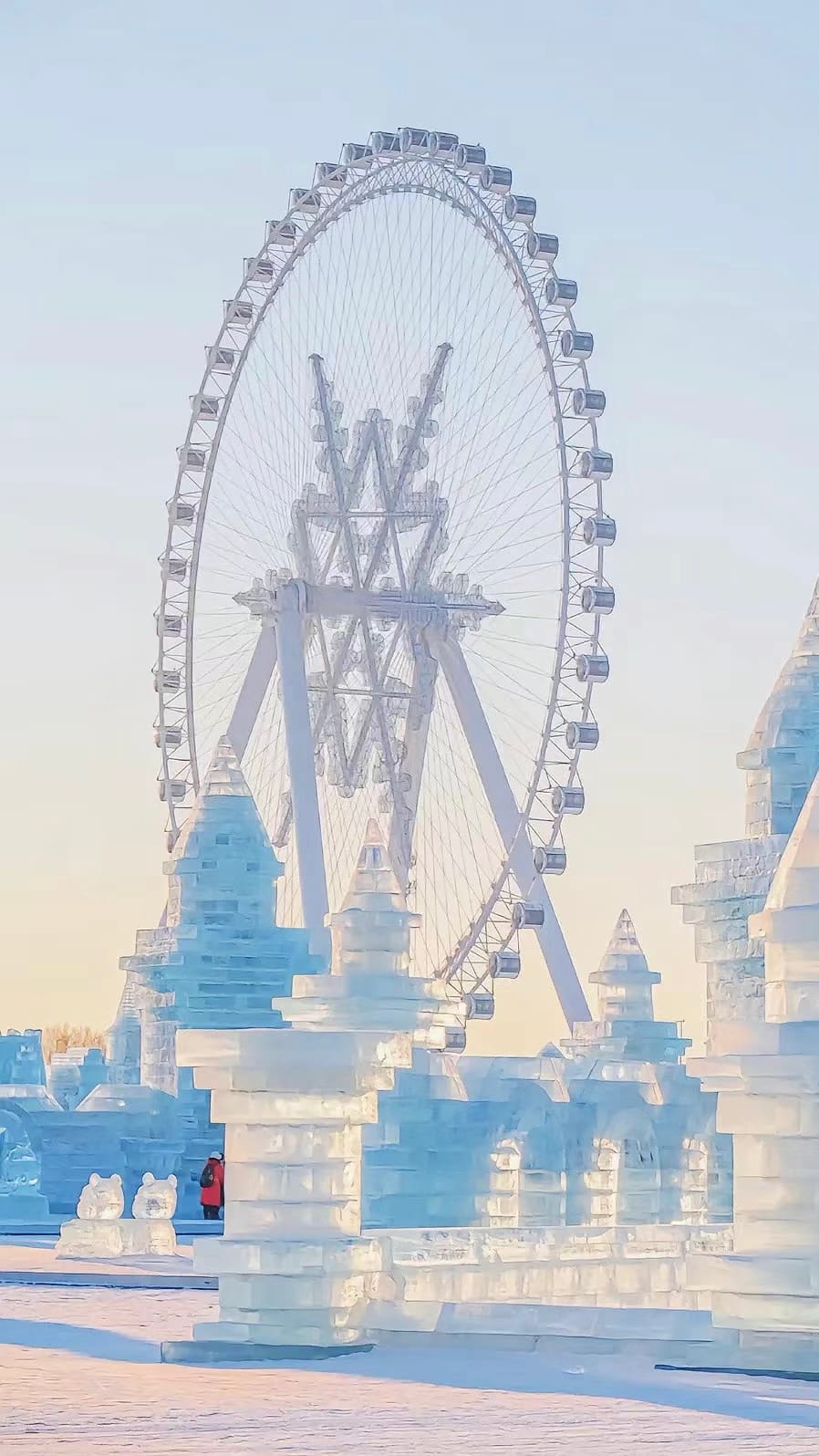

By far Harbin's biggest claim to fame, the Harbin International Ice and Snow Sculpture Festival is held every year, running from early January until warm weather erodes the constructions (exact dates vary). Throughout the city you will find small ice and snow sculptures during the festival, however there are three major sites with large ice and snow sculptures on display.
- Ice and Snow World (冰雪大世界)
Harbin Ice and Snow World, also known as “Harbin Ice Festival,” is a dazzling winter wonderland located in Harbin, China. Open from late December to late February, this annual event showcases an incredible array of ice and snow sculptures crafted by artists from around the world. The festival features massive, intricately designed ice structures, some reaching up to 20 meters high, made from blocks of ice harvested from the nearby Songhua River. Visitors can explore elaborate ice castles, illuminated snow sculptures, and themed areas, all beautifully lit with colorful LED lights that create a magical atmosphere.
In addition to the stunning ice and snow displays, the festival offers a range of winter activities, including ice skating, snowboarding, and sledding. The event attracts tourists from around the globe who come to experience the breathtaking artistry and enjoy the festive winter activities. Harbin Ice and Snow World is a must-visit destination for anyone wanting to immerse themselves in a spectacular winter wonderland.
- Ice Festival, Zhaolin Park (冰雪游园会, 兆麟公园)
The Harbin Ice Festival, held annually at Zhaolin Park, is a spectacular winter event that transforms the park into a dazzling frozen wonderland. Each year, artisans from around the world carve massive ice sculptures and intricate snow creations, showcasing their skills and creativity. The festival features enormous ice castles, illuminated by vibrant LED lights, which create a magical atmosphere against the winter night sky.
Visitors can explore a variety of themed ice displays, from replicas of famous landmarks to whimsical fantasy scenes. In addition to the breathtaking ice art, the festival offers a range of activities including ice slides, snowball fights, and traditional winter games.
Harbin International Beer Festival (Harbin)
Time: Held in late August of every year.
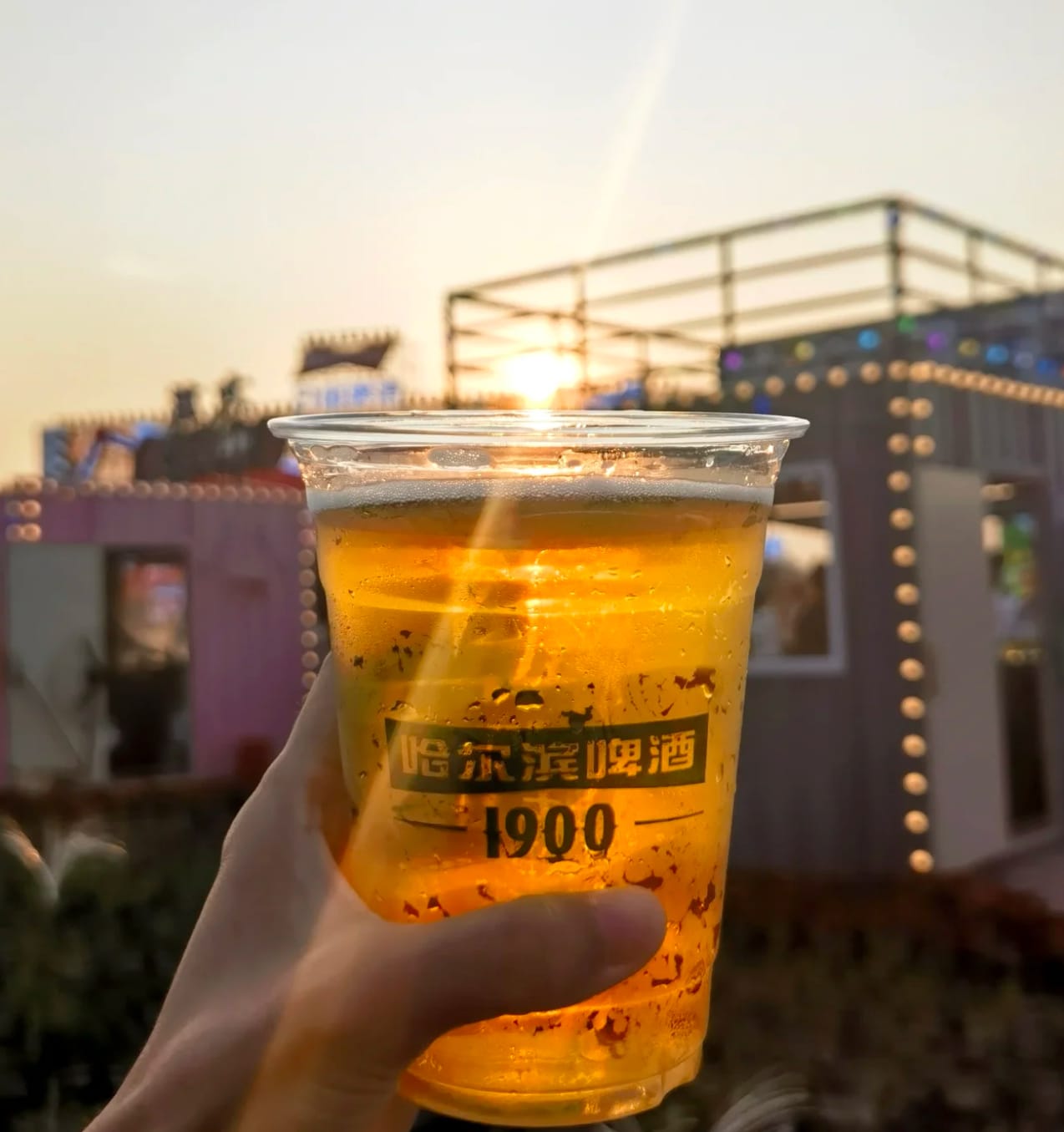
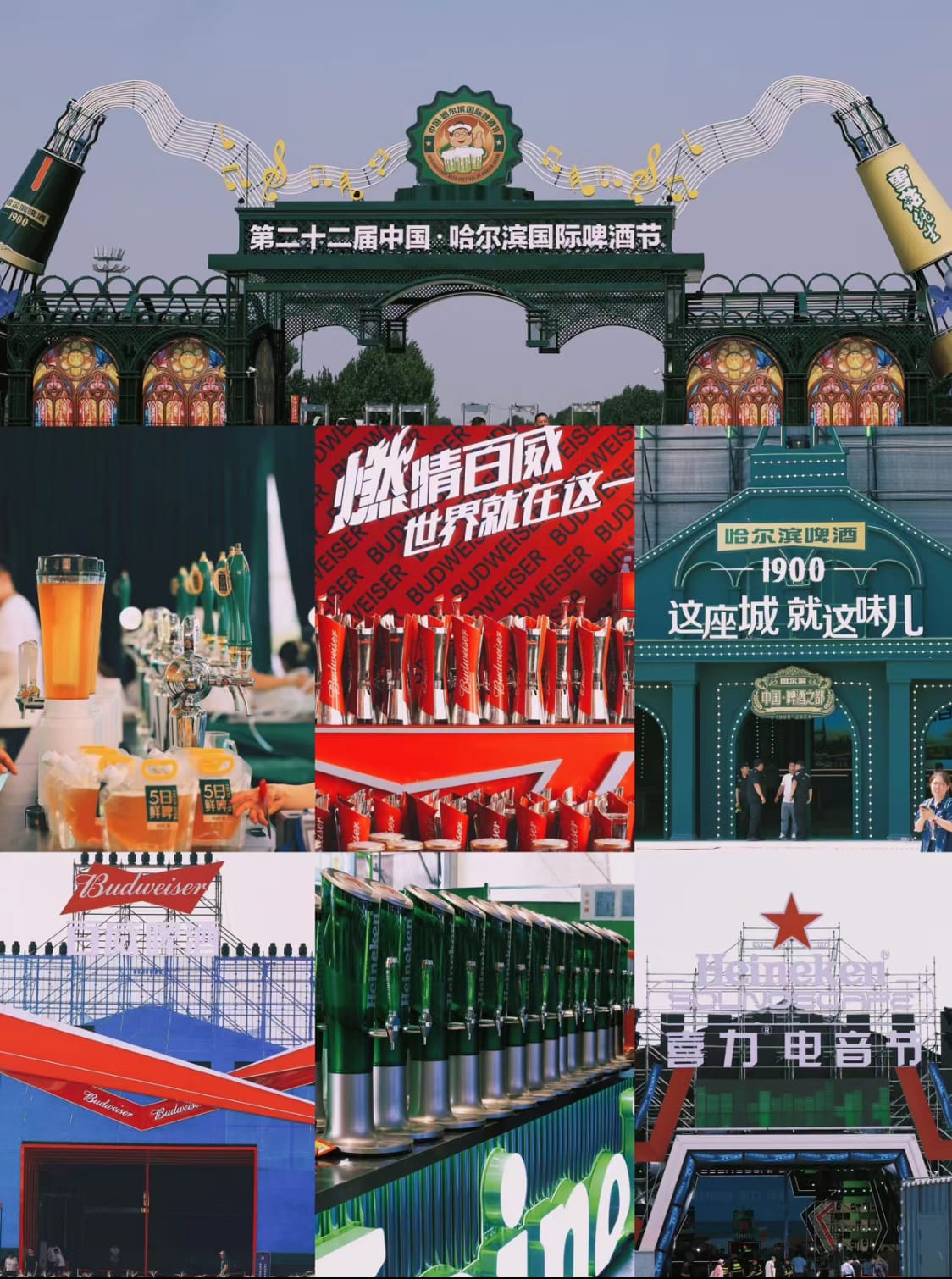
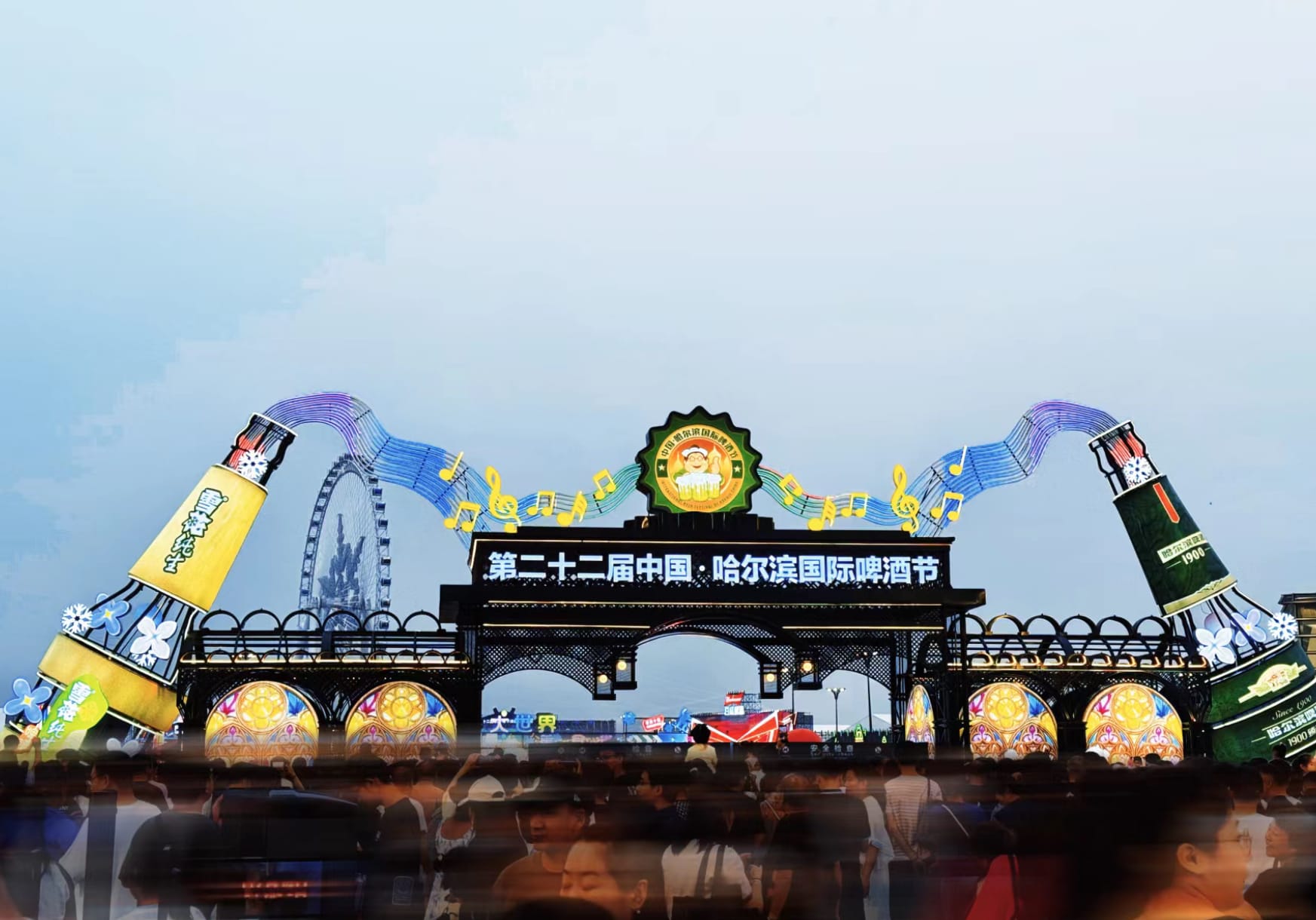
Harbin is truly a "City of Beer," with the first barrel of beer in China being brewed here.
Over the past century, beer has become an integral part of the city, infusing it with both boldness and charm, reflecting the unique character of Harbin’s people. If you want to experience the hearty spirit of Harbin, the Beer Festival is the perfect time to visit. During the festival, major domestic and international beer brands set up tents, where you can enjoy beer to your heart's content. Of course, there are also plenty of other activities like carnivals, car shows, and float parades to keep you entertained.
Saint Sophia Cathedral (Harbin)
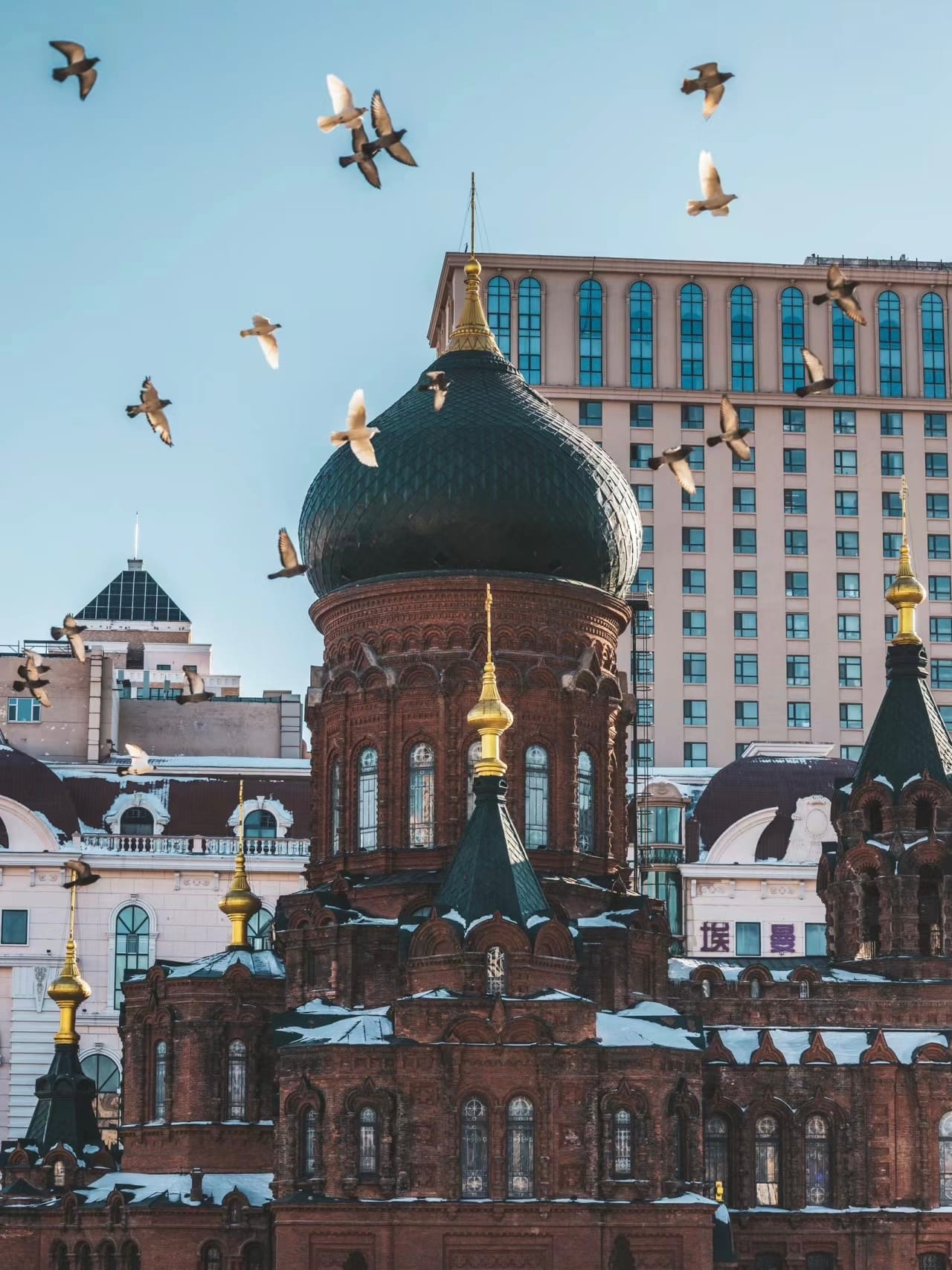
Saint Sophia Cathedral, originally built in 1907, is one of Harbin’s most iconic landmarks, with its striking green onion-shaped dome catching the eye. This magnificent Byzantine-style structure no longer functions as a church, and its nighttime illumination makes it even more beautiful. Once the largest Orthodox church in the Far East, Saint Sophia is now the most well-preserved Byzantine building in China. It has been converted into an art gallery, showcasing nearly a thousand photographs and a city planning model that reflect Harbin's past, present, and future. The square in front of the cathedral features a large series of musical fountains and is a popular spot for wedding photos, often with flocks of pigeons adding to the picturesque scene.
Changbai Mountain (Yanbian)

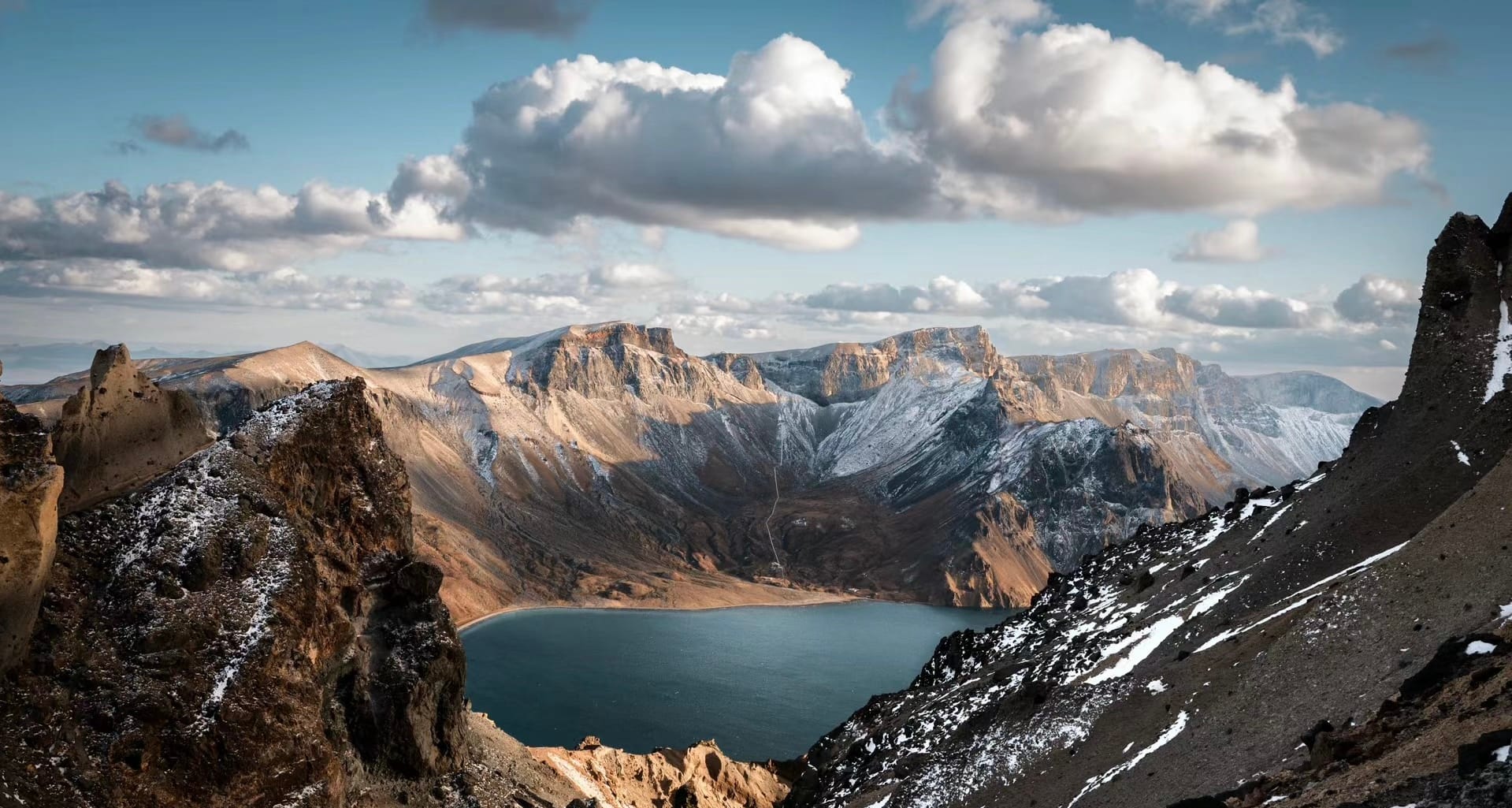

Changbai Mountain, located on the border between Jilin Province in China and North Korea, is a dormant volcano that has shaped its unique landscape through multiple eruptions. While about one-third of the famous Heaven Lake (Tianchi) and the eastern slopes lie in North Korea, the majority of the mountain is within China.
Heaven Lake, perched at the summit, is the most renowned feature of Changbai Mountain. However, catching a clear view of this largest volcanic crater lake in China requires some luck, as many visitors make multiple trips hoping to see it in all its glory. But Heaven Lake is just one part of Changbai’s appeal. The majestic Changbai Waterfall, the picturesque Green Ravine, and the serene valley forests all contribute to the mountain’s allure.
Though summer (July and August) is traditionally considered the best time to visit Changbai Mountain, the winter months attract many enthusiasts for skiing. The area boasts several well-developed ski resorts that cater to both beginners and advanced skiers.
In addition to its natural beauty and recreational activities, local cuisine is an essential part of the Changbai Mountain experience. Here, you’ll find a delightful mix of Korean and Northeast Chinese flavors, with a variety of delicious ingredients sourced from the region, ensuring that food lovers will not be disappointed.
Beiji Village (Mohe)
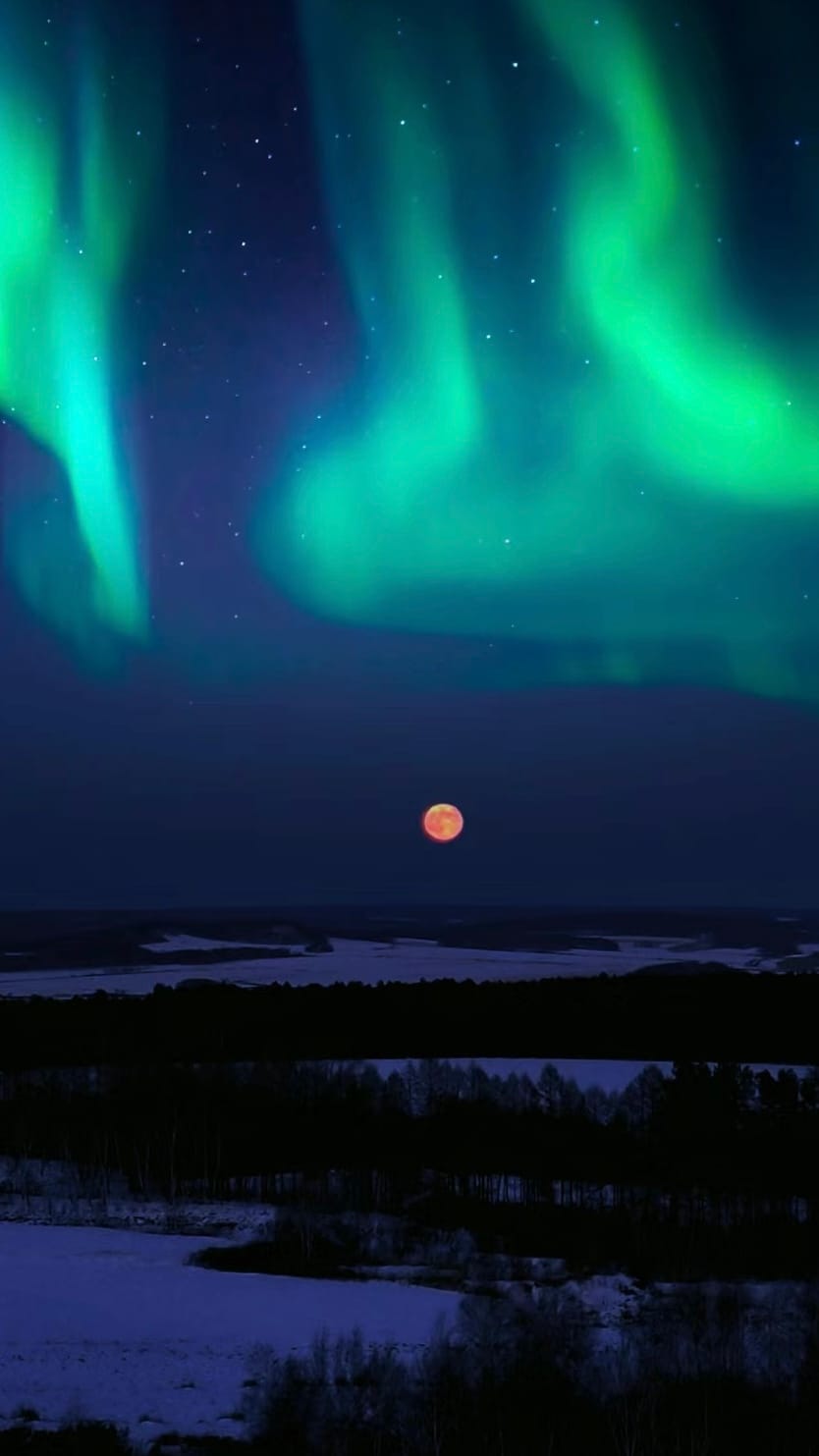
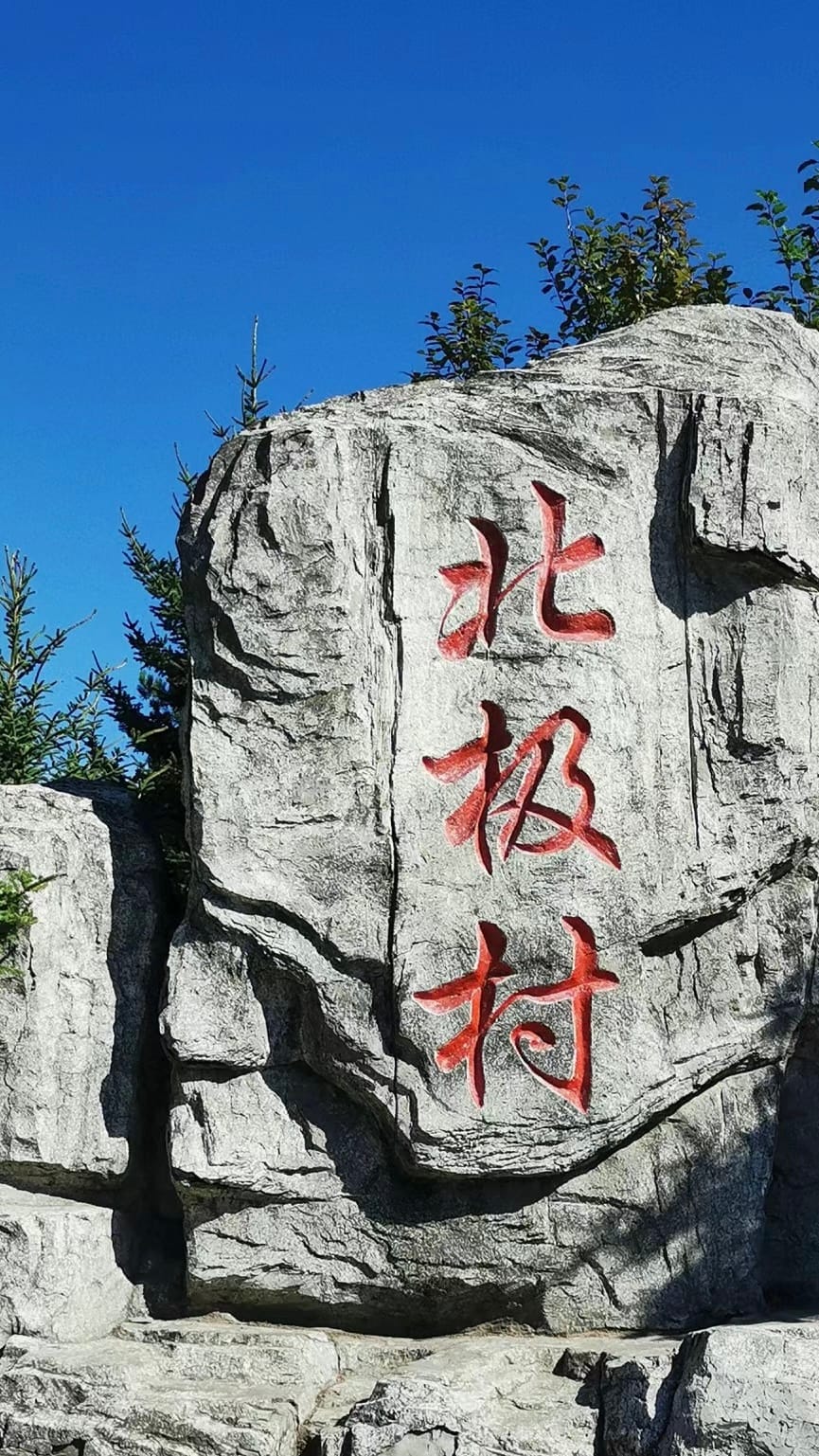
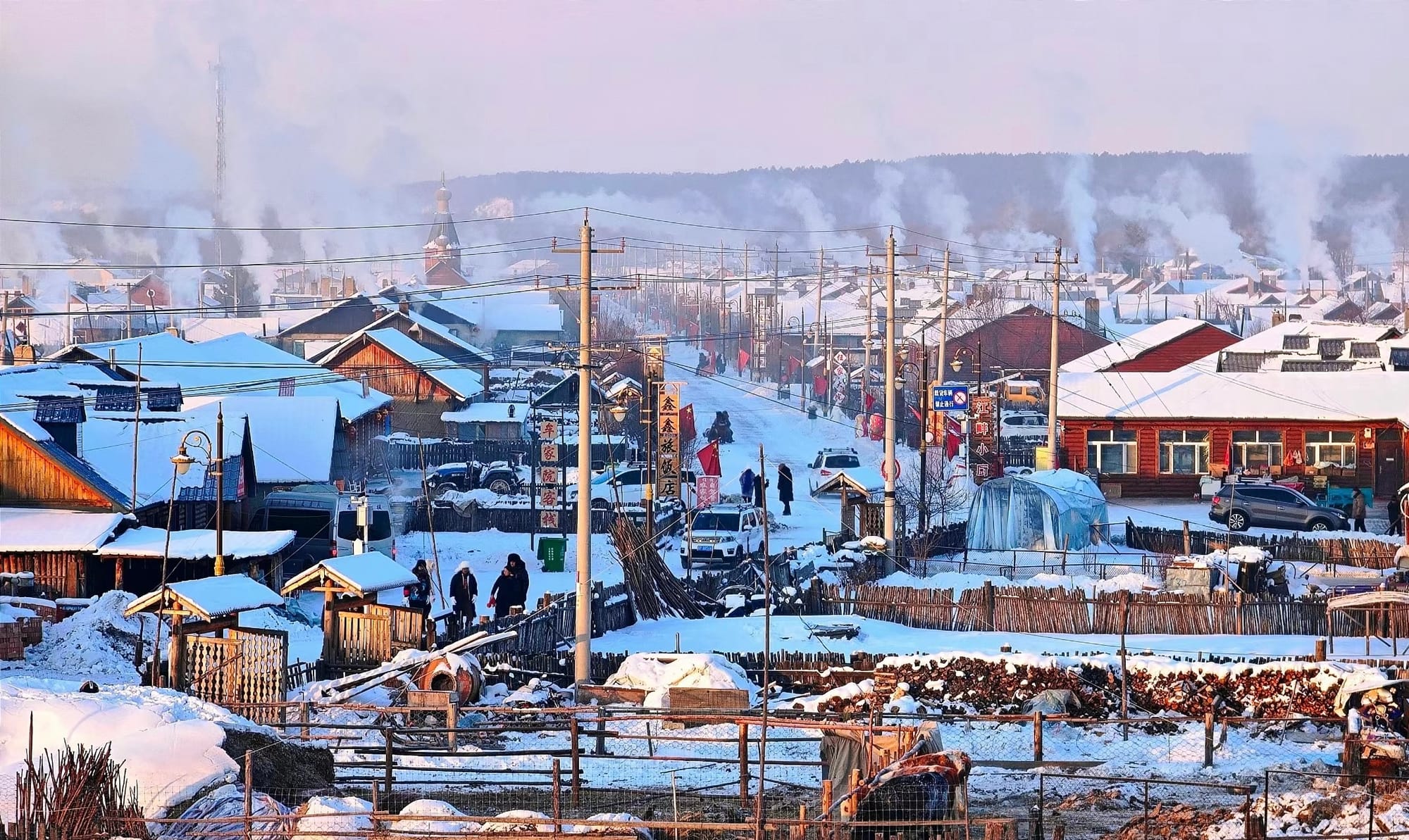
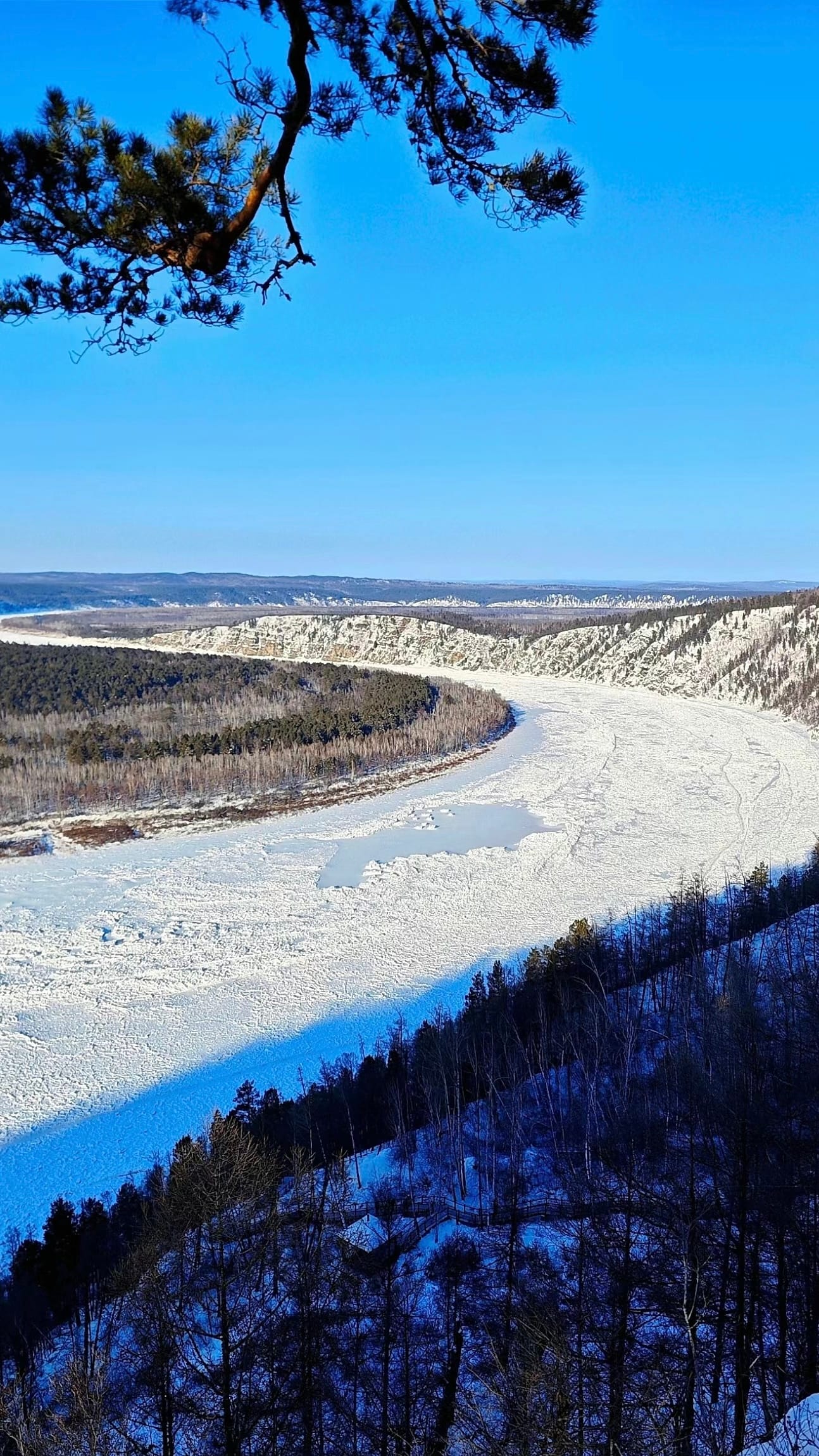
Beiji Village, located at the northernmost point of China, is situated on the south bank of the Heilongjiang River’s upper reaches, at the northern foot of the Daxing’an Mountains, directly across from Russia. It is the only place in China where you can experience both the Northern Lights and the Midnight Sun. In the Arctic Village, you will find a rich "northern" cultural atmosphere, along with stunning natural scenery and unique local customs. This destination beautifully combines the Arctic charm, mystical phenomena, and pristine environment, offering a perfect blend of northern beauty, chill, purity, and tranquility.
Zhongshan District (Dalian)
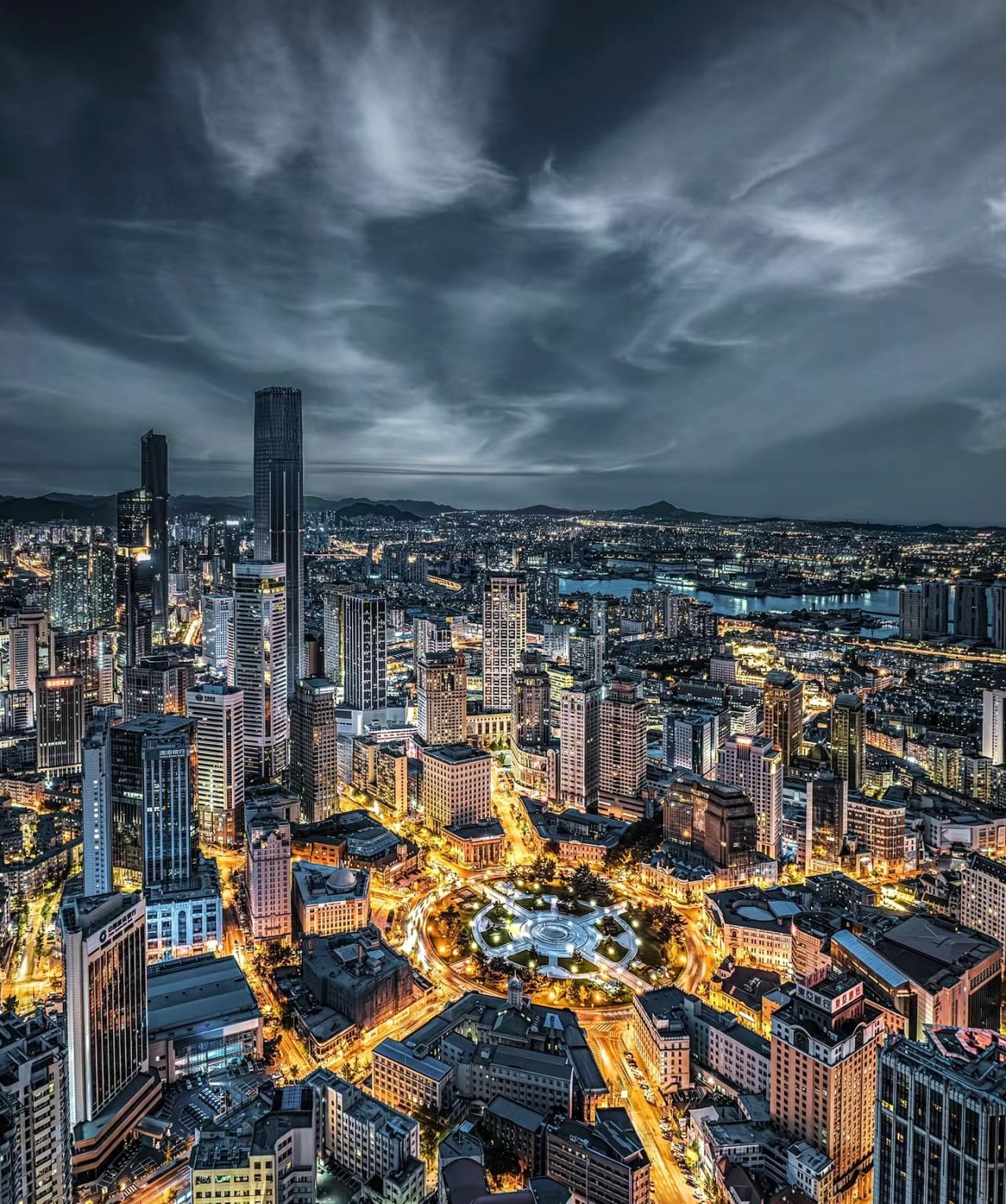
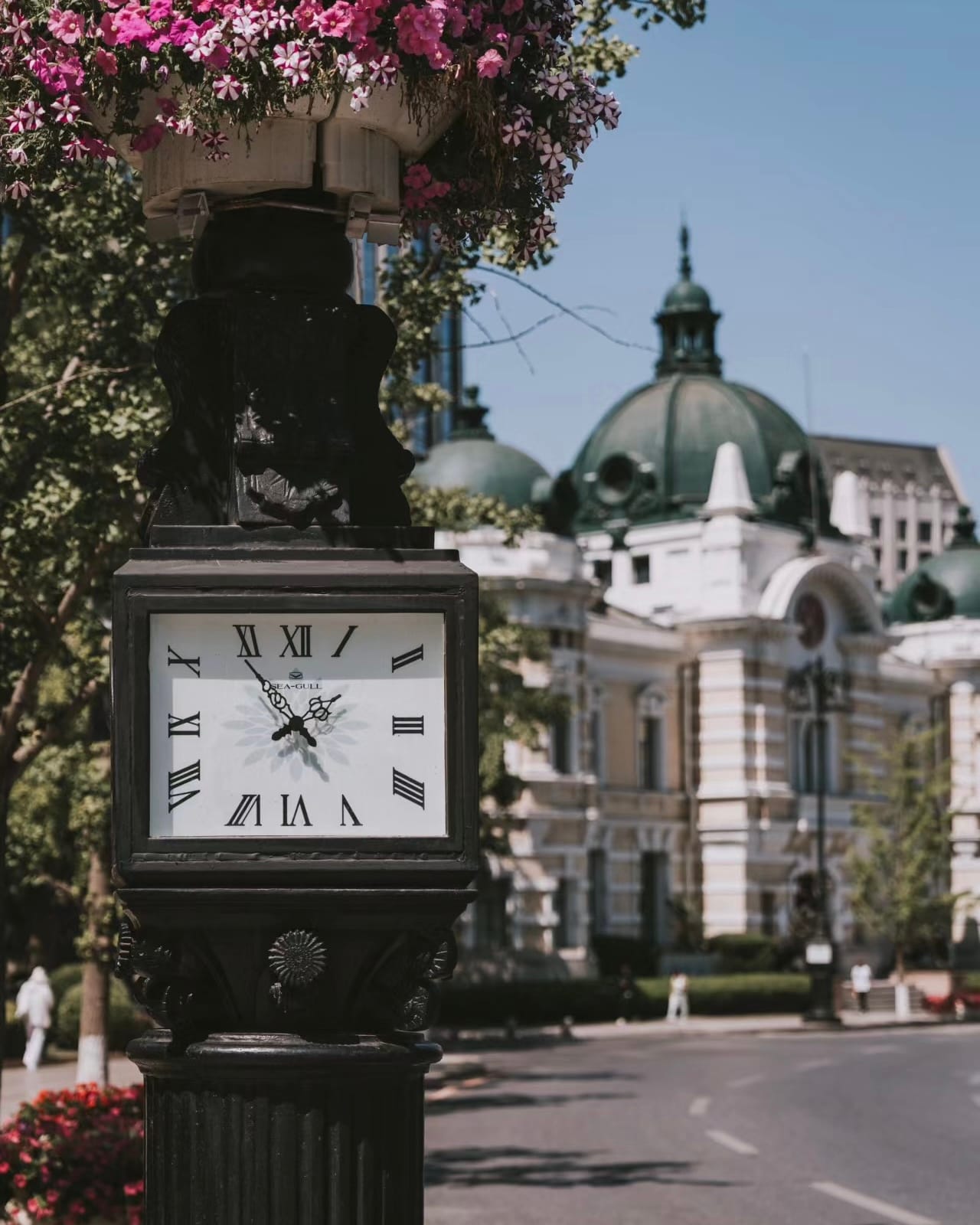
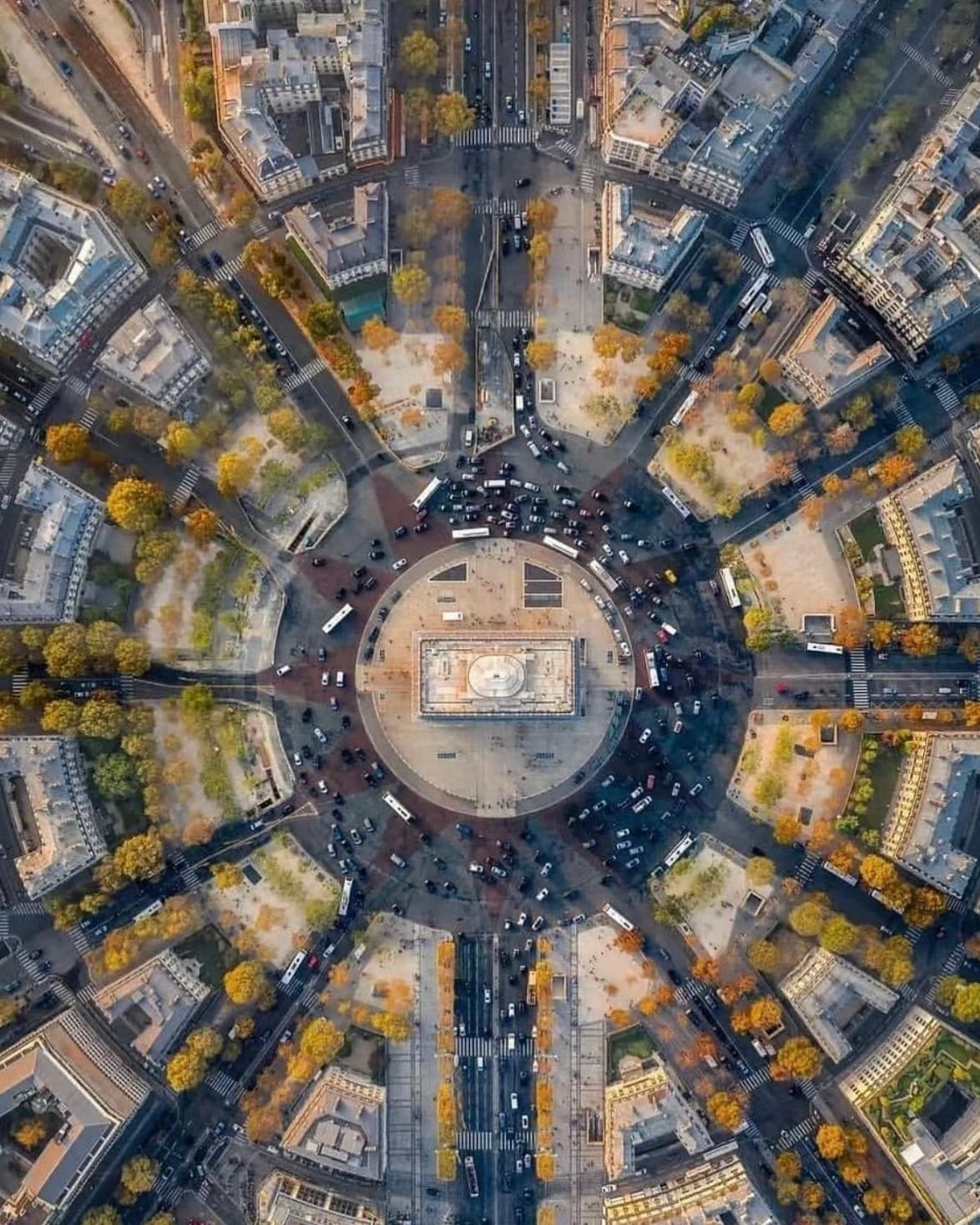
Zhongshan District is the main urban area of Dalian and the most popular area for visitors. This central region is home to the city’s major commercial zones and serves as Dalian's financial and trade center. The northern part of the district is flat, while the southern area features rolling hills and undulating terrain.
In the northern region, you’ll find cultural hubs like the Russian Style Street and Nanshan Style Street, showcasing diverse international influences. Zhongshan Square, the heart of the district, is surrounded by numerous historic European-style buildings. The iconic old-style trams of Dalian slowly glide through the streets of Zhongshan District, offering a nostalgic city experience.
In the southern part of the district, notable landmarks include the Tiger Beach Ocean Park and Fisherman’s Wharf, which are among Dalian’s most famous attractions. The winding hills also give rise to the most beautiful coastal road in Dalian, the Binhai Road, offering stunning scenic views.
The Shenyang Palace Museum (Shenyang)
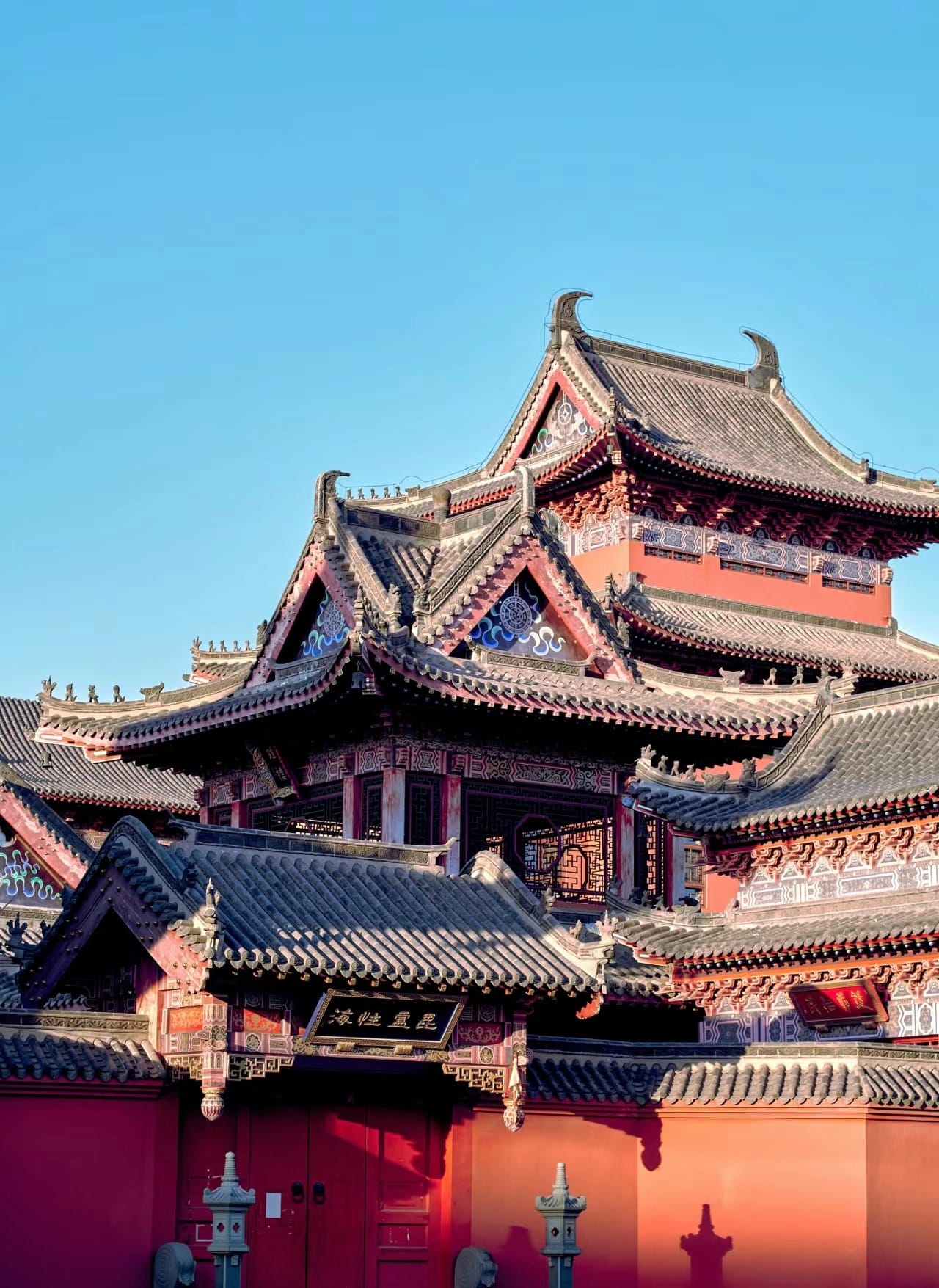
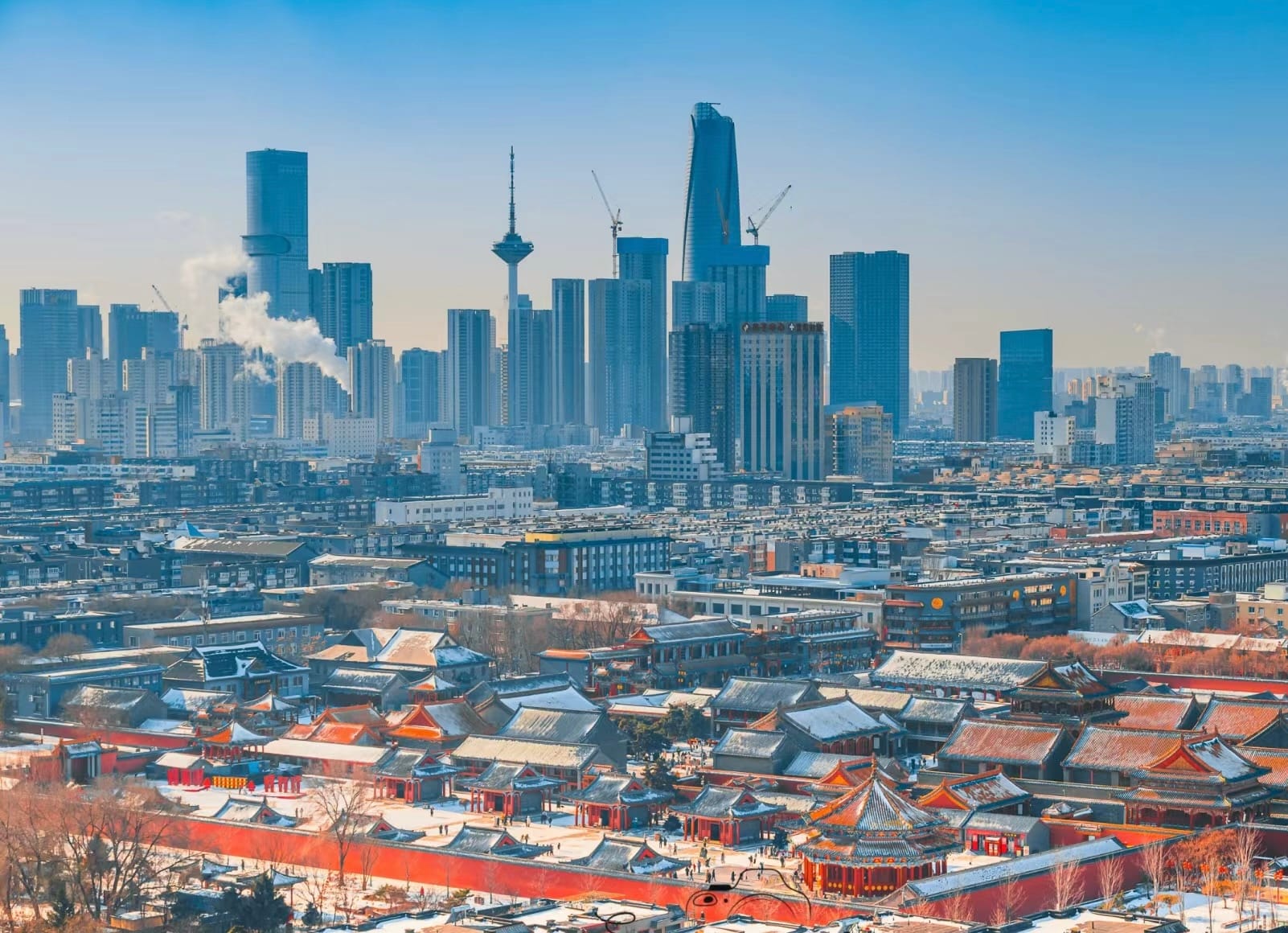
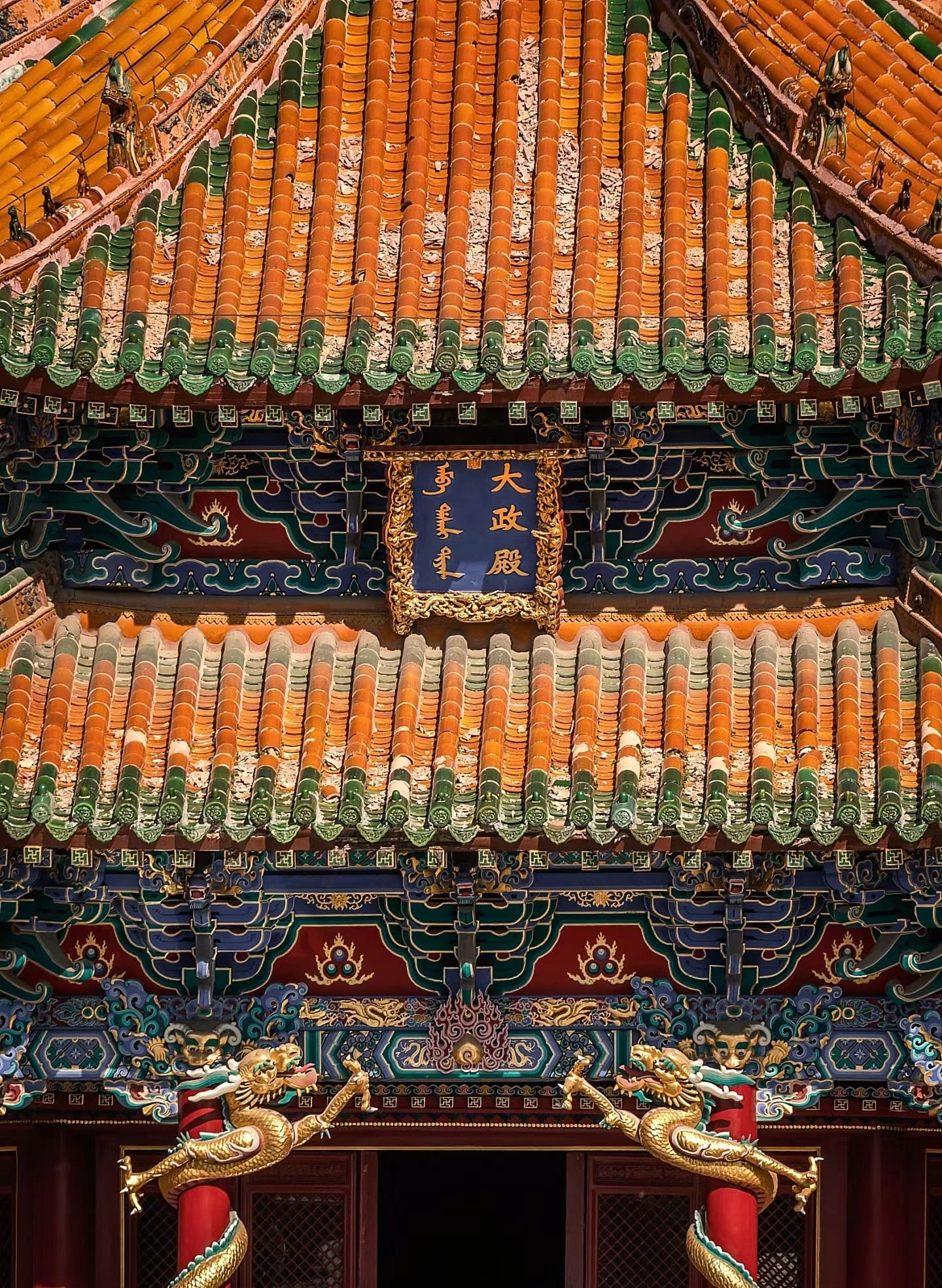
Shenyang Imperial Palace, also known as Shengjing Palace, is located in the heart of old Shenyang and is one of China's two major palace complexes. It served as the residence of Nurhaci and Hong Taiji, founders of the Qing Dynasty. Additionally, the palace was visited by four Qing emperors—Kangxi, Qianlong, Jiaqing, and Daoguang—during their Eastern Tours, where they stayed and paid homage to their ancestors.
The Shenyang Imperial Palace is divided into three main sections based on its layout and construction period: the East Route, the Central Route, and the West Route.
- East Route: This area includes the Dazheng Hall and the Ten King Pavilion, built during Nurhaci's reign. It was where grand ceremonies were held and where the Eight Banner ministers conducted their official duties.
- Central Route: Expanded during the reign of the Qing Taizong, this section was used for political activities and as the residence for the emperor and his consorts.
- West Route: This part was utilized during the Qing emperors' Eastern Tours for reading, watching performances, and storing the Siku Quanshu, the complete collection of books from the Qing Dynasty.
The palace's historical significance and architectural grandeur make it a must-visit for those interested in China's imperial history.
Do
Go Public Bathhouses
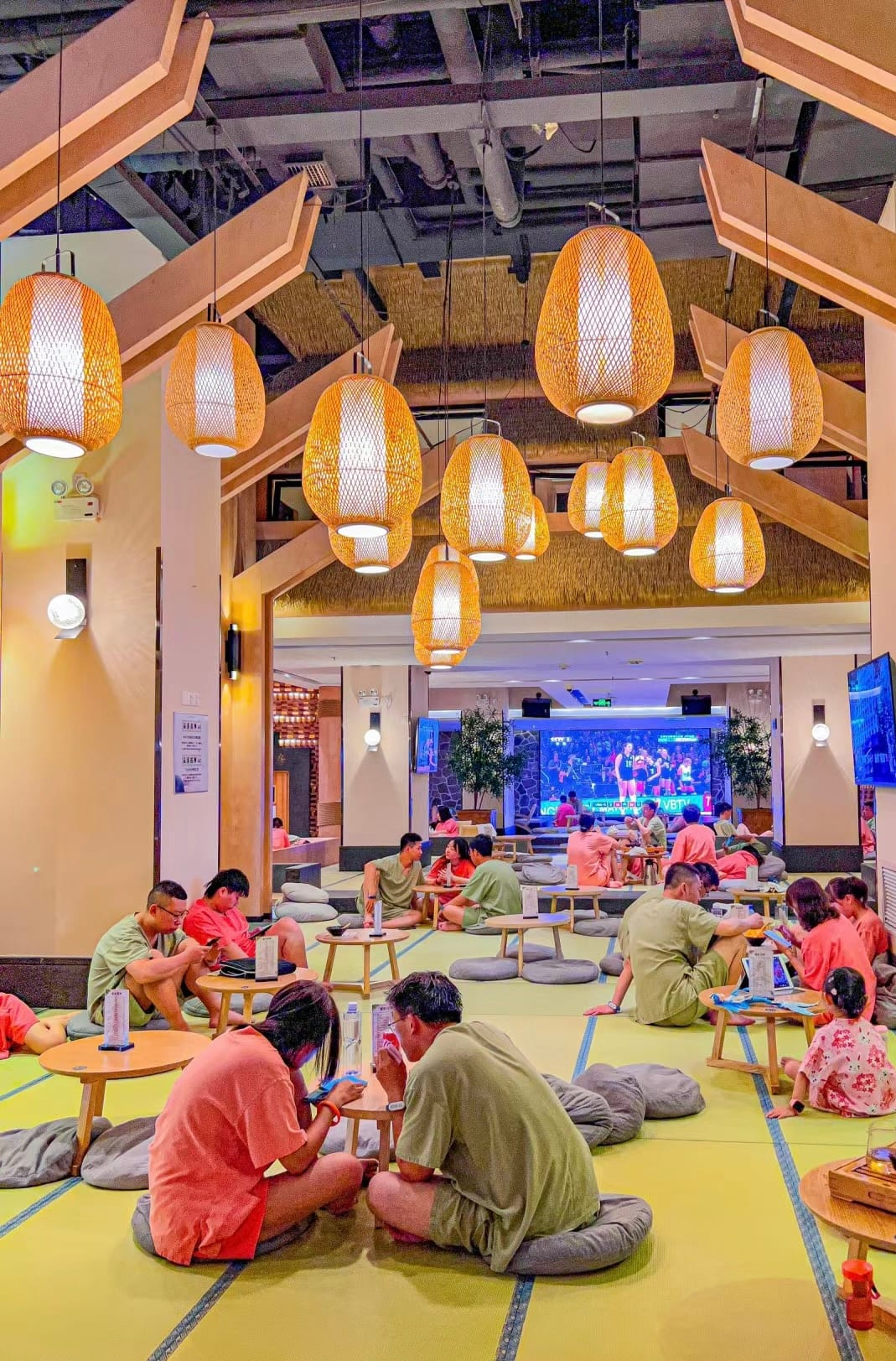
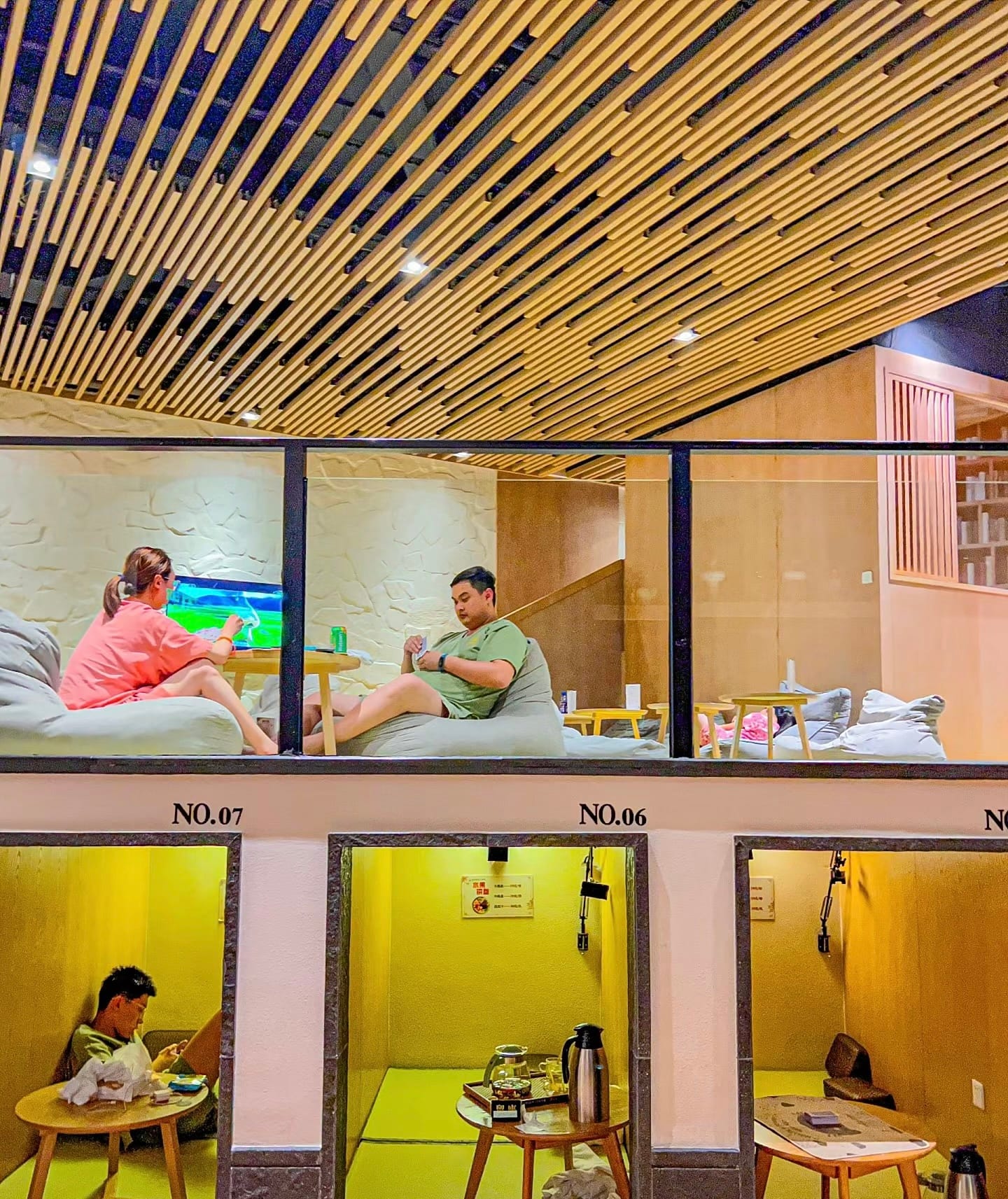
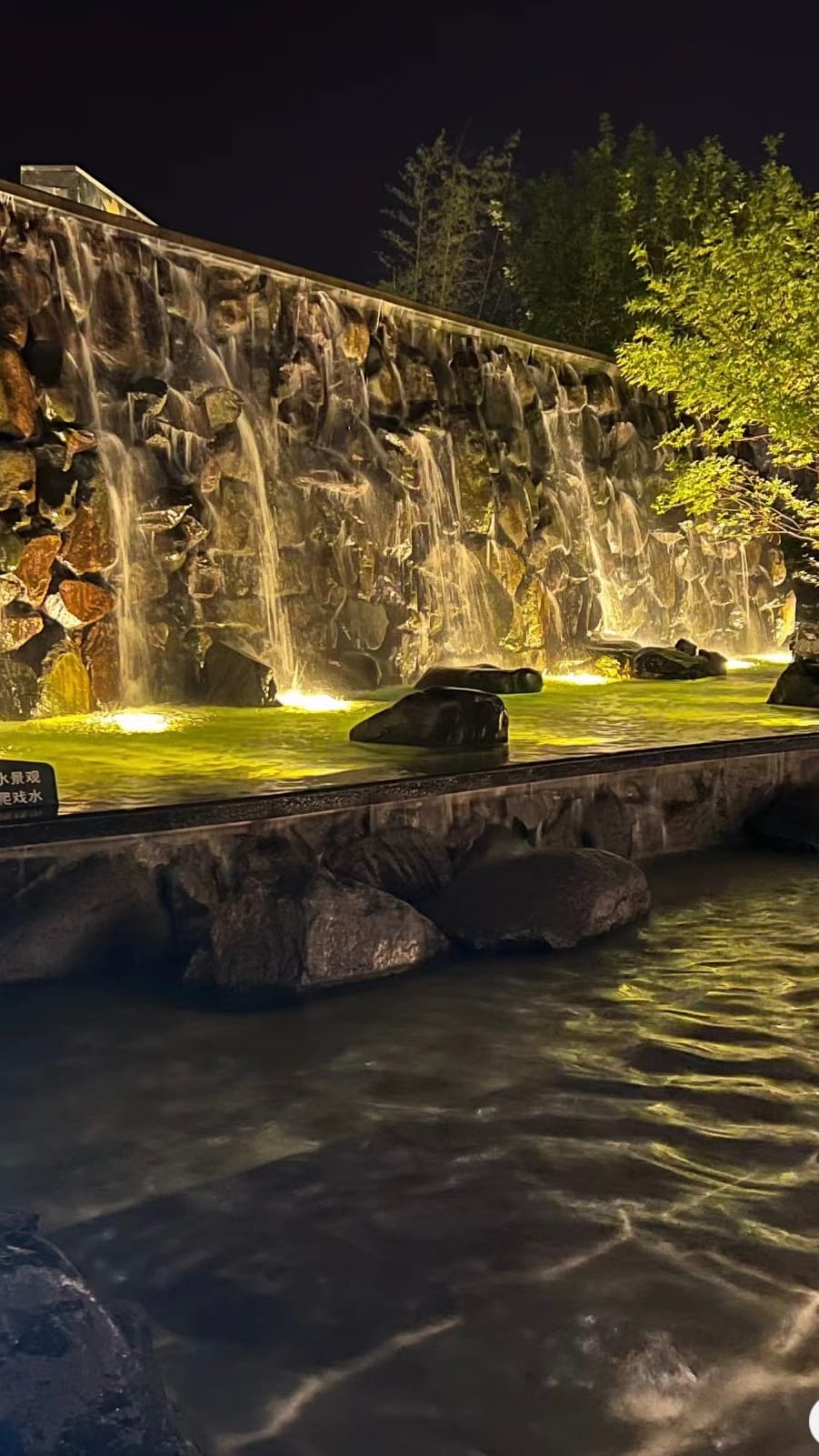
Northeastern China’s bathing culture, particularly in cities like Harbin and Shenyang, is renowned for its unique blend of relaxation and social interaction. In this region, public baths, known as “浴池” (yùchí) or “洗浴中心” (xǐyù zhōngxīn), are popular and often feature saunas, steam rooms, and hot and cold pools. These facilities are not just about bathing but also about relaxation and socializing.
Northeast China’s harsh winters make the experience particularly appealing, as many locals and visitors seek the warmth and comfort of a good bath after a day in the cold. Bathhouses often include additional services like massage, spa treatments, and even restaurants where patrons can enjoy a meal after their bath. The atmosphere is typically casual and family-friendly, reflecting the region’s emphasis on community and relaxation.
Ski
Don’t miss out on skiing if you visit Northeast China in winter. There are five ski resorts in Northeast China that meet all your skiing needs, and you can ski here all year round. They are Yabuli Ski Resorts, Songhua Lake Ski Resort, Wanda Changbai Mountain International Ski Resort, Beidahu Ski Resort.

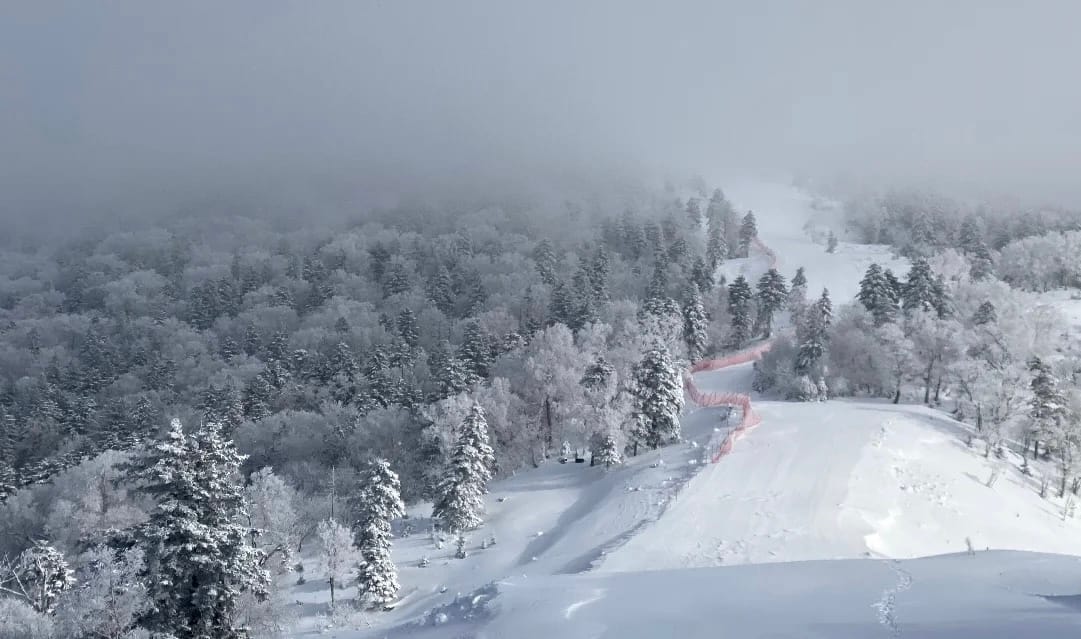
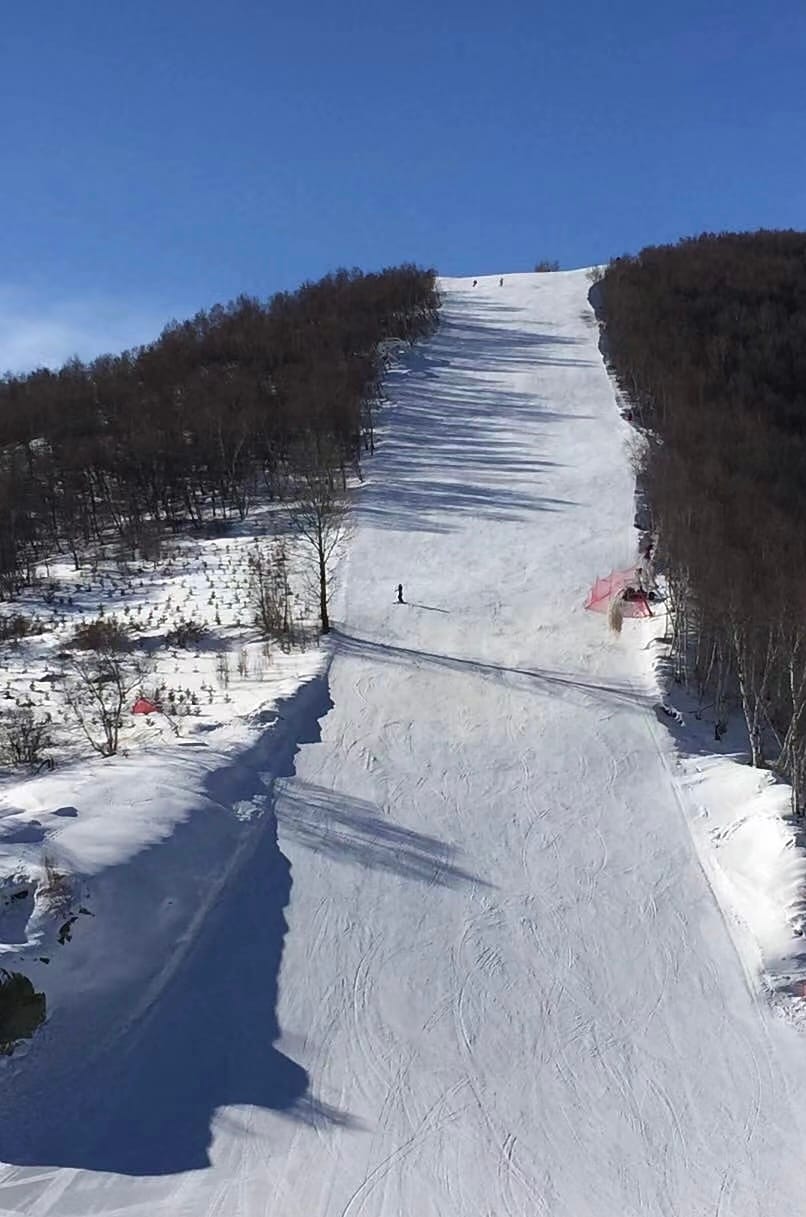
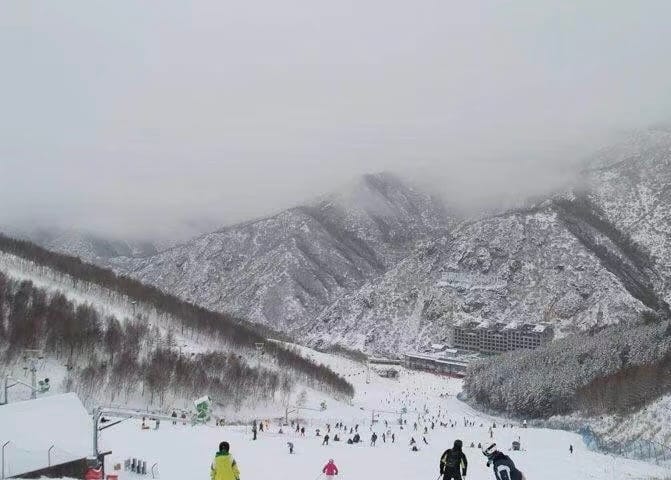
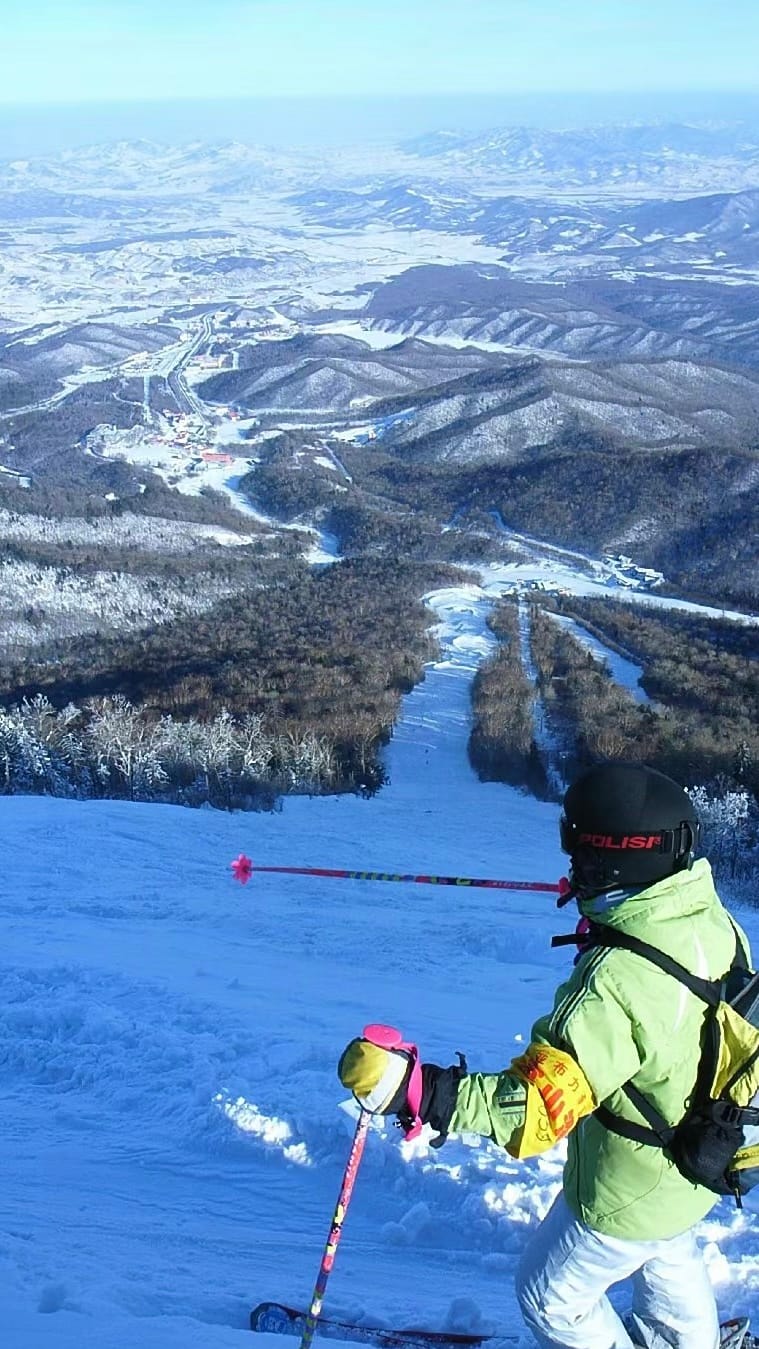
- There are two Yabuli ski resorts located in Harbin, Heilongjiang Province. The locals call them Small Ski Resortand New (also called Xinlinchang) Ski Resort. The Xinlinchang ski resort is famous for its alpine ski resort. As the training ground for the Chinese national teams, there are many large training types of equipment that are not open to tourists.
- Songhua Lake Ski Resort is located in Jilin, which has the best scenery among many ski resorts. If you want to enjoy the beautiful scenery while skiing, then this ski resort is your best choice.
- Changbai Mountain International Ski Resort is located at the foot of Changbai Mountain and is the only way to appreciate the beauty of the northern slope of Changbai Mountain. After experiencing the fun of skiing, you can try the natural hot springs here to relieve fatigue.
- Beidahu Ski Resort is located in Jilin City, Jilin Province. It is the largest ski resort in Asia and the only one in China that has the standards to host the Winter Olympic Games.
Relax on one of the city's beaches (Dalian)
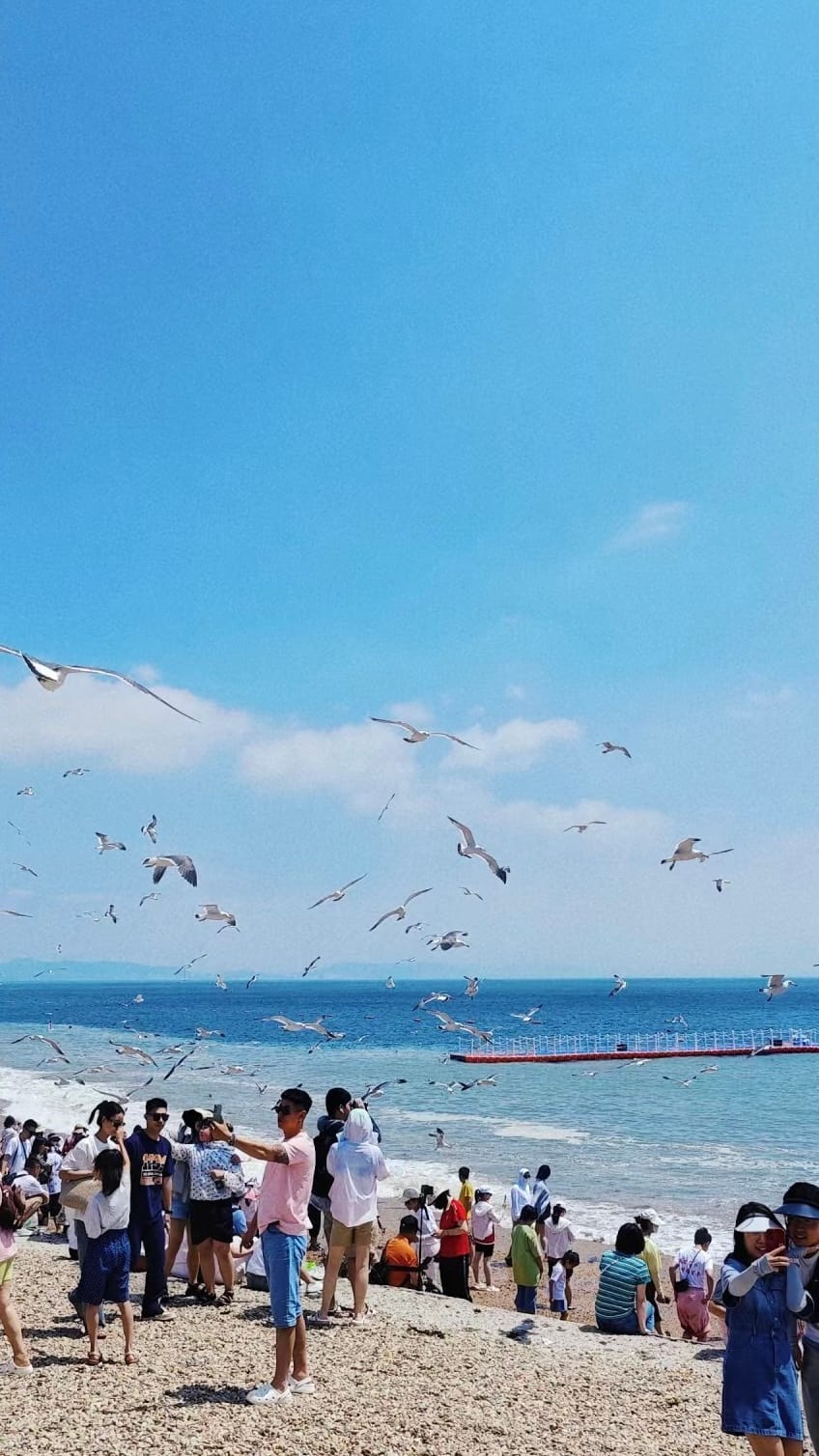
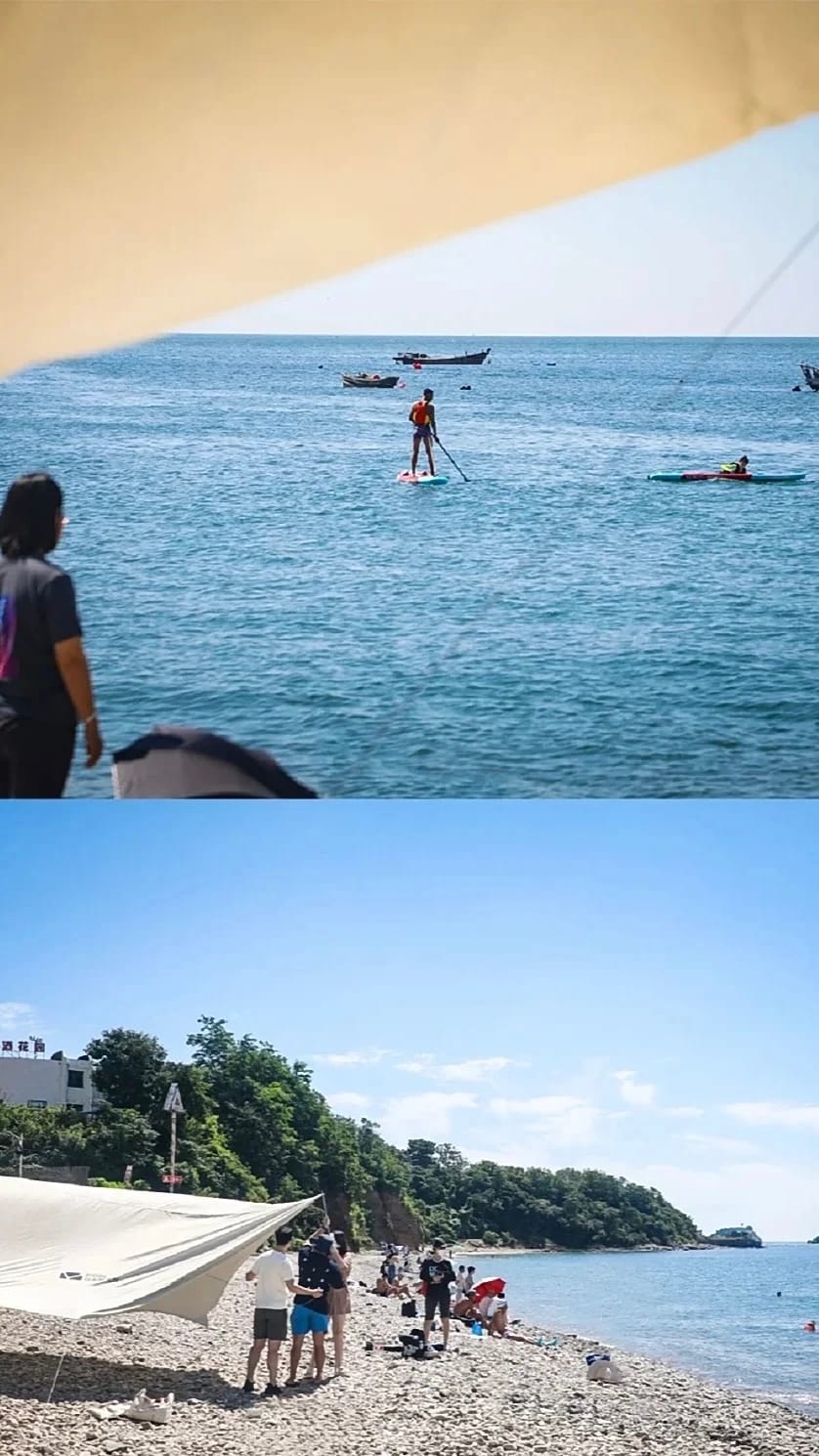
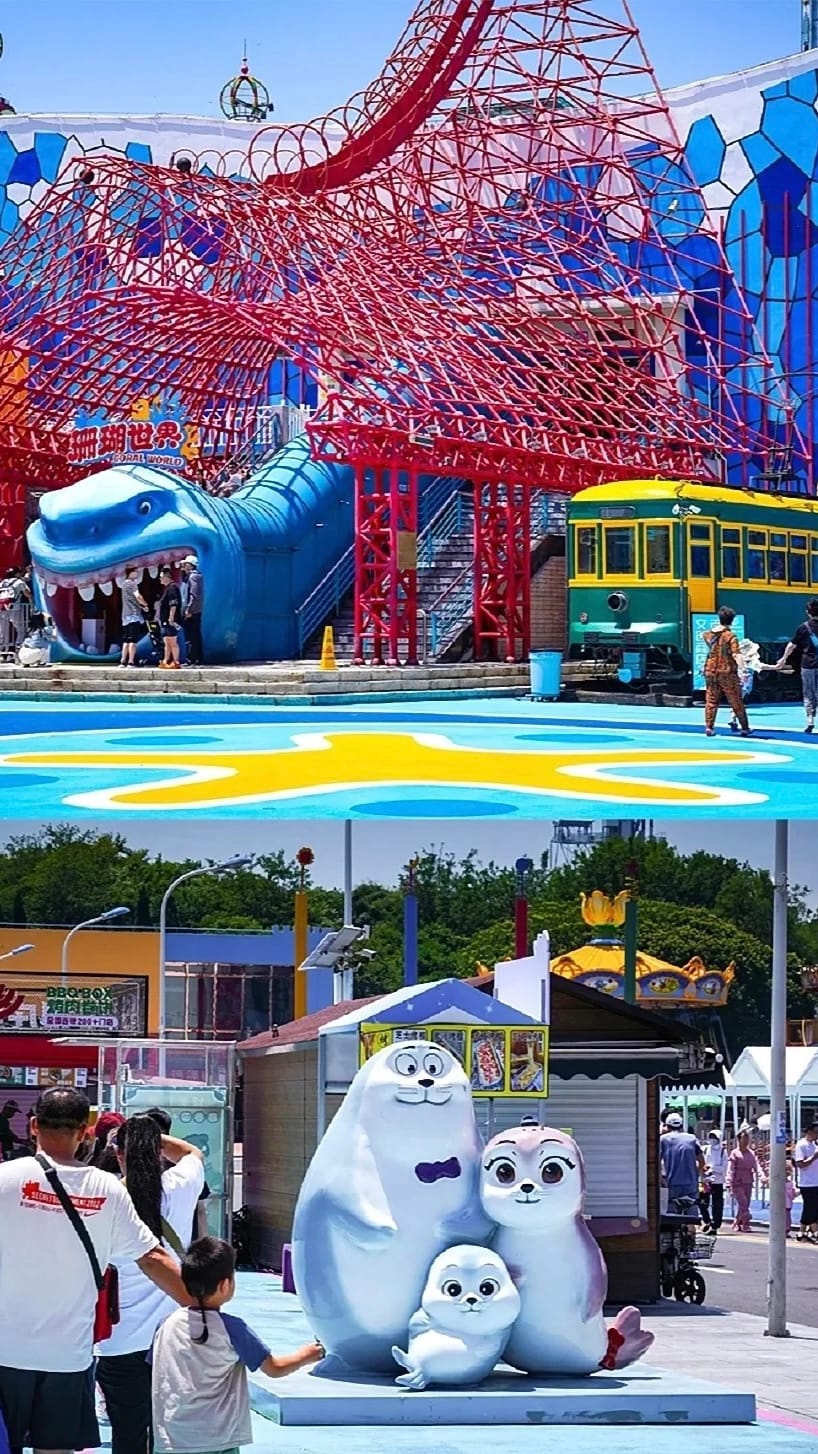
There are a number of beaches clustered along the southern and eastern sides of the Dalian Peninsula, the largest of which are Xinghai Beach (星海海滨), Fujiazhuang Beach (傅家庄海滨) and Bangchuidao Beach. (棒棰岛海滨). Of these beaches, Xinghai Beach is almost invariably overcrowded and Bangchuidao beach is hard to get to and expensive (it is in an exclusive luxury resort) making Fujiazhuang Beach the best bet for anyone wanting to take a dip or simply sunbathe.
Eat
Northeast Chinese Cuisine (东北菜)
Northeast Chinese cuisine, known for its hearty and substantial dishes, reflects the robust and straightforward nature of the people in the region. With generous portions and bold flavors, this cuisine showcases the warmth and hospitality typical of Northeast China. Popular dishes often feature rich, savory ingredients such as pork, cabbage, and potatoes, cooked with a generous use of garlic and spices. The cooking style emphasizes big, bold flavors and satisfying portions. When visiting Northeast China, dining at an authentic local restaurant is a must to fully experience the region's culinary culture. From savory stews to hearty stir-fries, Northeast Chinese food is sure to leave a lasting impression with its generous servings and distinctive taste.
- Braised Chicken with Mushrooms (小鸡炖蘑菇)
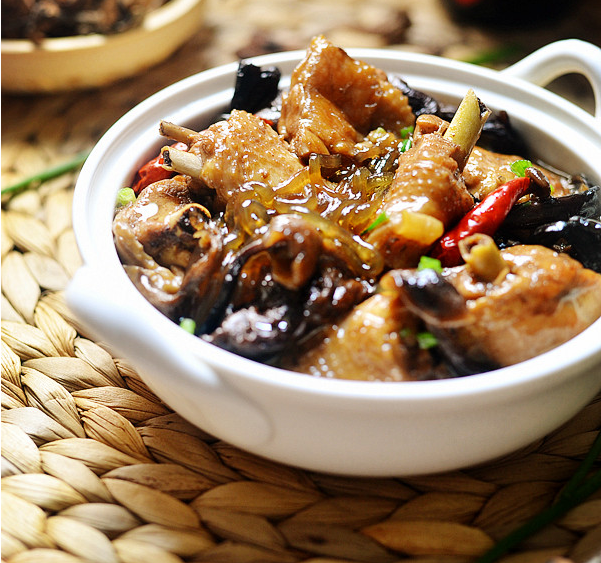
This comforting dish features tender chicken slow-cooked with fresh mushrooms in a savory broth. The mushrooms absorb the rich flavors of the chicken, creating a hearty and delicious meal that's both flavorful and satisfying.
- Sour Pickled Cabbage with Pork Hotpot (酸菜白肉锅)
A classic winter dish, this hotpot combines slices of pork with tangy, pickled cabbage, creating a balance of flavors that’s both savory and slightly sour. It’s perfect for warming up on a cold day and is often enjoyed with a variety of dipping sauces and fresh ingredients.
- Sweet and Sour Pork (锅包肉)
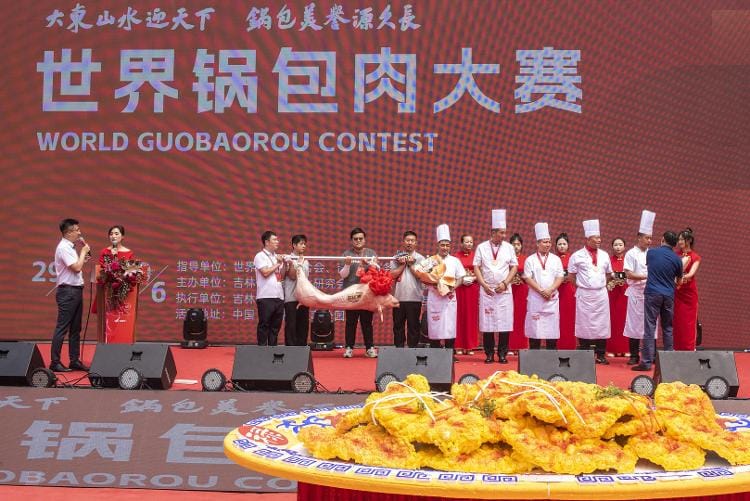
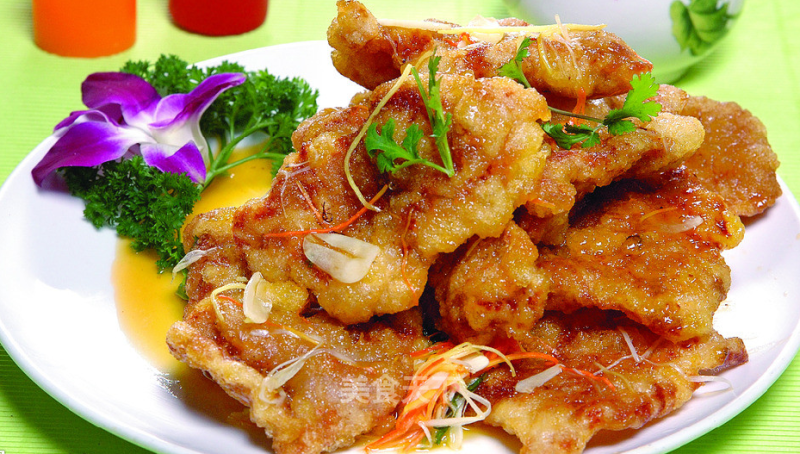
This popular dish features crispy pork pieces coated in a sweet and tangy sauce. The pork is usually fried to a golden crisp and then tossed in a flavorful sauce that combines sweetness with a hint of sourness, creating a delightful contrast in every bite.
Madieer Ice Pop (马迭尔冰棍)

When visiting Harbin, you simply must try a Madieer ice pop. Known for its delicate texture that melts in your mouth, it is sweet but not overly so, made with traditional methods that have remained unchanged for over a century. This consistency in taste has made it a beloved treat among locals and tourists alike. You'll often see people lining up eagerly outside the store and strolling down the streets enjoying their ice pops. A word of advice: Madieer ice pops are only available at the Madieer Ice Cream Parlor on Central Street, so be sure to grab one while you're there!
White Meat & Blood Sausage (白肉血肠)
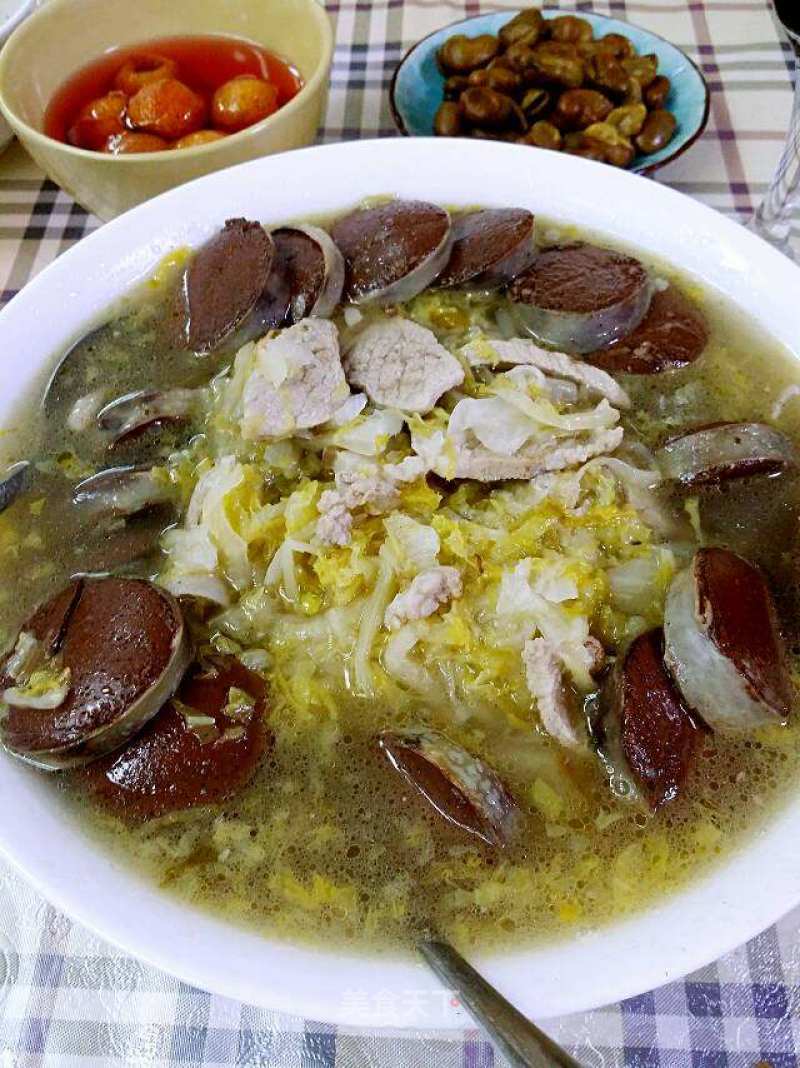
The “White Meat Blood Sausage” is a unique dish originally created by the Nasi family of the Manchu ethnic group. It features pork belly with a rich, fatty texture, which is boiled in a seasoned water mixture until tender. Fresh pig’s blood is mixed with water and seasonings, then stuffed into pig intestines, sealed tightly, and cooked until fully done.
When served, the white meat and blood sausage are typically accompanied by various condiments such as garlic paste, chive flower sauce, and chili oil. The dish is known for its rich flavor and tender texture without being overly greasy, making it a savory and satisfying delicacy.
Dalian Cuisine
The local cuisine of Dalian is influenced by Dongbei regional style of cooking (which has a not wholly unjustified reputation for being big on portions and relatively low on flavour) and the city's proximity to the sea. Buns, pancakes and dumplings are staples rather than rice or noodles. The city also has a very good reputation for seafood dishes which are well worth trying. Overseas travellers should be aware, however, that in China seafood has different connotations than elsewhere, literally seafood refers to anything edible from the sea. Fish dishes invariably contain plenty of small bones that must be navigated around or crunched through (the local method).
Famous local seafood dishes include:

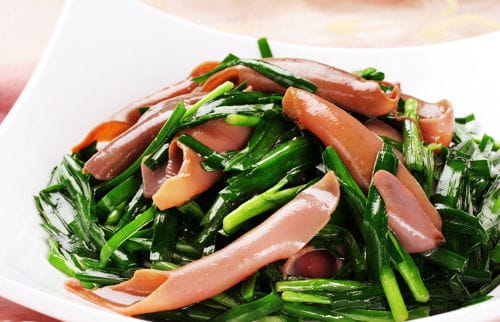
- Seafood Mencai (海鲜焖子)
Seafood “mencai” is a distinctive snack from Dalian. It features a savory gelatin made from sweet potato starch, which is slowly pan-fried until crispy. Once cooked, it is topped with stir-fried shrimp, sea snail slices, and other seafood, then seasoned with garlic paste, sesame sauce, soy sauce, and vinegar. The tender, flavorful gelatin soaked with the aroma of seafood makes this dish irresistible to visitors.
- Stir-Fried Sea Cucumber (炒海肠)
Sea Cucumber, known locally as "sea intestines," are soft-bodied marine creatures with a translucent appearance, resembling a piece of sausage, hence the name. They are abundantly found only at the Xiajiayuzi Beach in Dalian. Sea cucumbers are highly nutritious and their flavor is exceptionally fresh, comparable to the nutritional value of eggs. There are many ways to enjoy sea cucumbers, including cold salads or spicy stir-fries, each preparation offering a delicious taste.
Yanbian Korean Cuisine
Yanbian Korean cuisine, from the Yanbian Korean Autonomous Prefecture in China's Jilin Province, offers a vibrant array of flavors and dishes rooted in Korean culinary traditions. Known for its use of fresh, local ingredients like vegetables, meats, and seafood, Yanbian dishes are typically characterized by bold and spicy flavors. Key dishes include kimchi, spicy stews, and marinated meats. The cuisine also features unique specialties such as Korean-style rice cakes and cold noodles. In Yanbian, you can enjoy authentic Korean cuisine without having to travel to Korea.
- Korean-style Rice Cake (Dae-seong) (朝鲜族打糕)
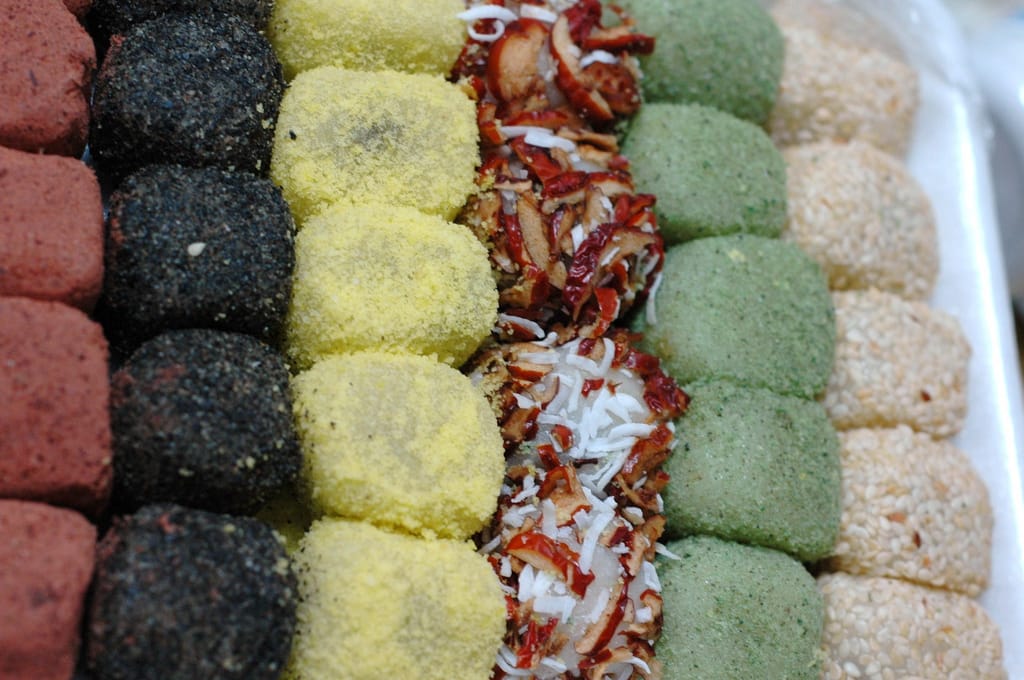
Korean-style rice cake, known locally as "Dae-seong" in the Korean ethnic areas of China, is a traditional and beloved treat. Made primarily from glutinous rice, this rice cake is known for its chewy texture and slightly sweet flavor.
The process involves steaming glutinous rice until it becomes soft, then pounding it to achieve a sticky consistency. The rice cake is often flavored with ingredients like sweet red bean paste or sprinkled with powdered soybean flour.
Dae-seong is commonly enjoyed during special occasions and festive celebrations, and it reflects the rich culinary traditions of the Korean ethnic group. For visitors, trying this rice cake provides a delightful taste of Korean cuisine and an insight into the cultural heritage of Northeast China.
- Cold Noodles (冷面)
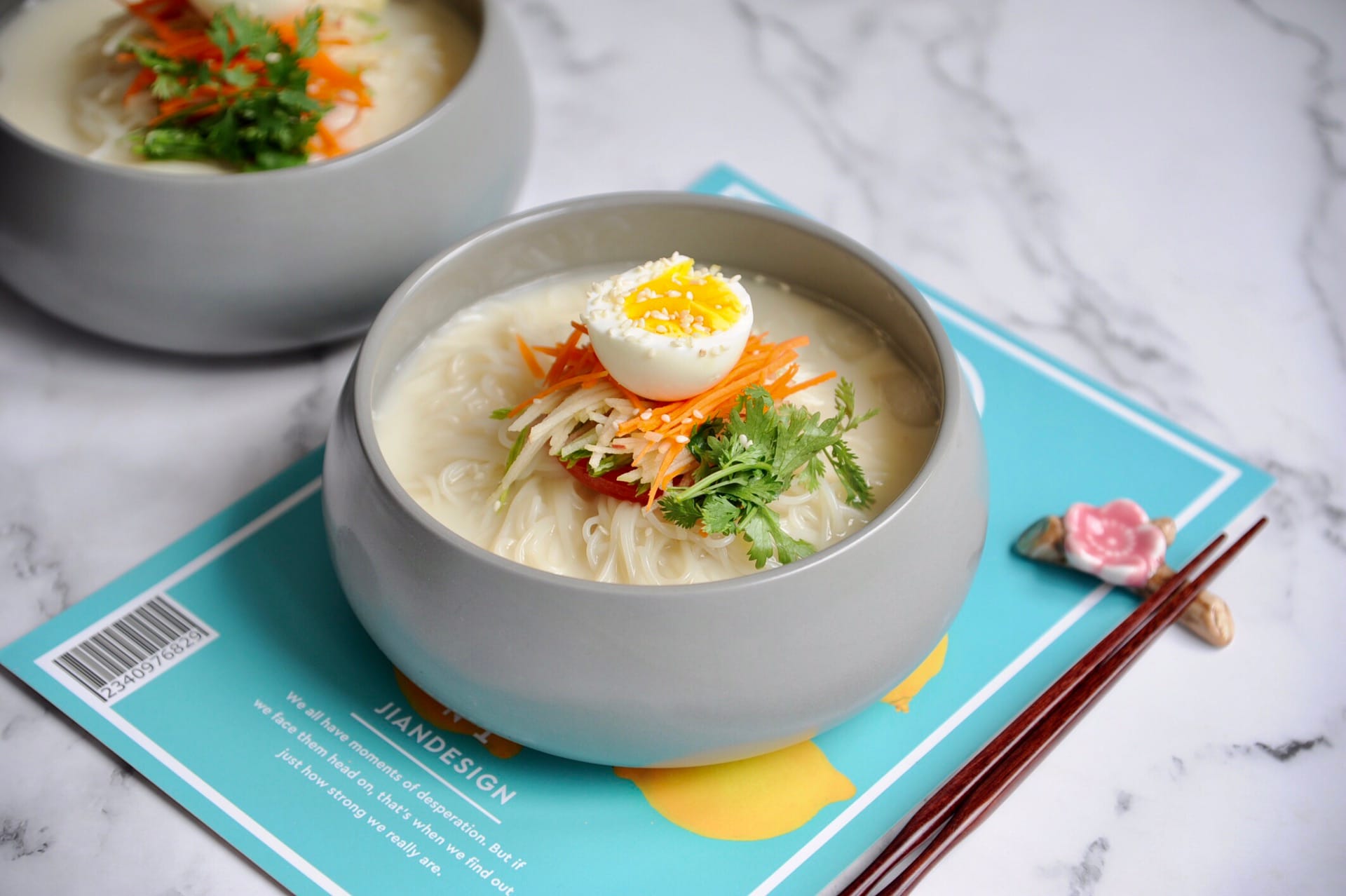

Cold noodles are a distinctive Korean-style dish, featuring a unique combination of flavor and texture. The main ingredients are buckwheat and starch. During preparation, these ingredients are briefly boiled in hot water, mixed with a bit of alkaline solution, and then cooled in cold water. The cold noodles are served with a variety of fresh vegetables and often accompanied by dog meat, all topped with a spicy garlic sauce, creating a delicious and refreshing meal.
One renowned place to try this dish is Xita Big Cold Noodles, a popular local restaurant in Shenyang known for its highly praised cold noodles. If you visit Shenyang, be sure to sample this flavorful specialty.

